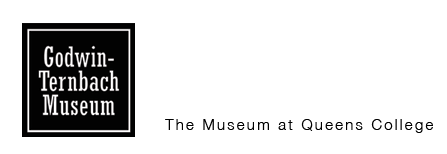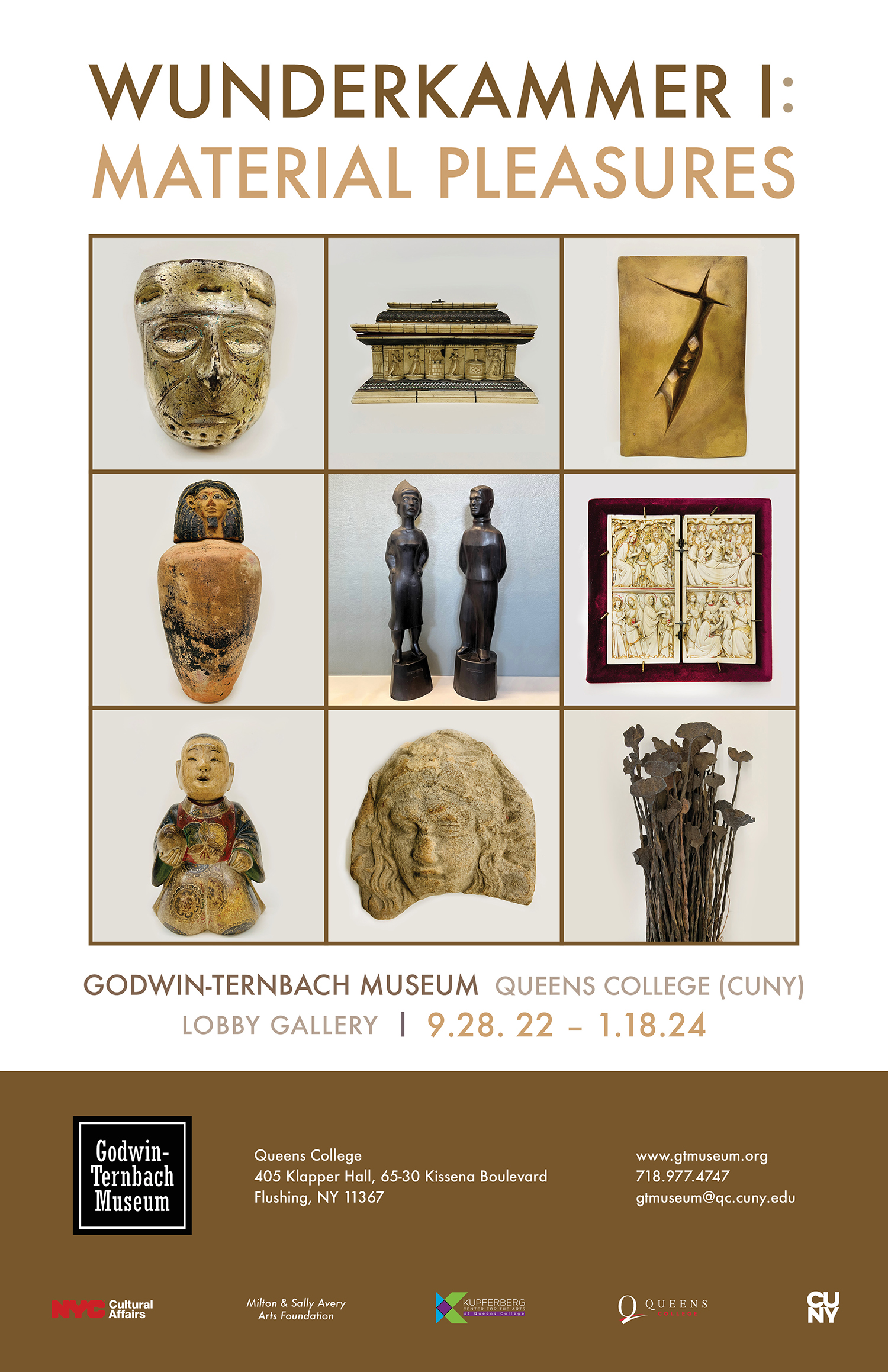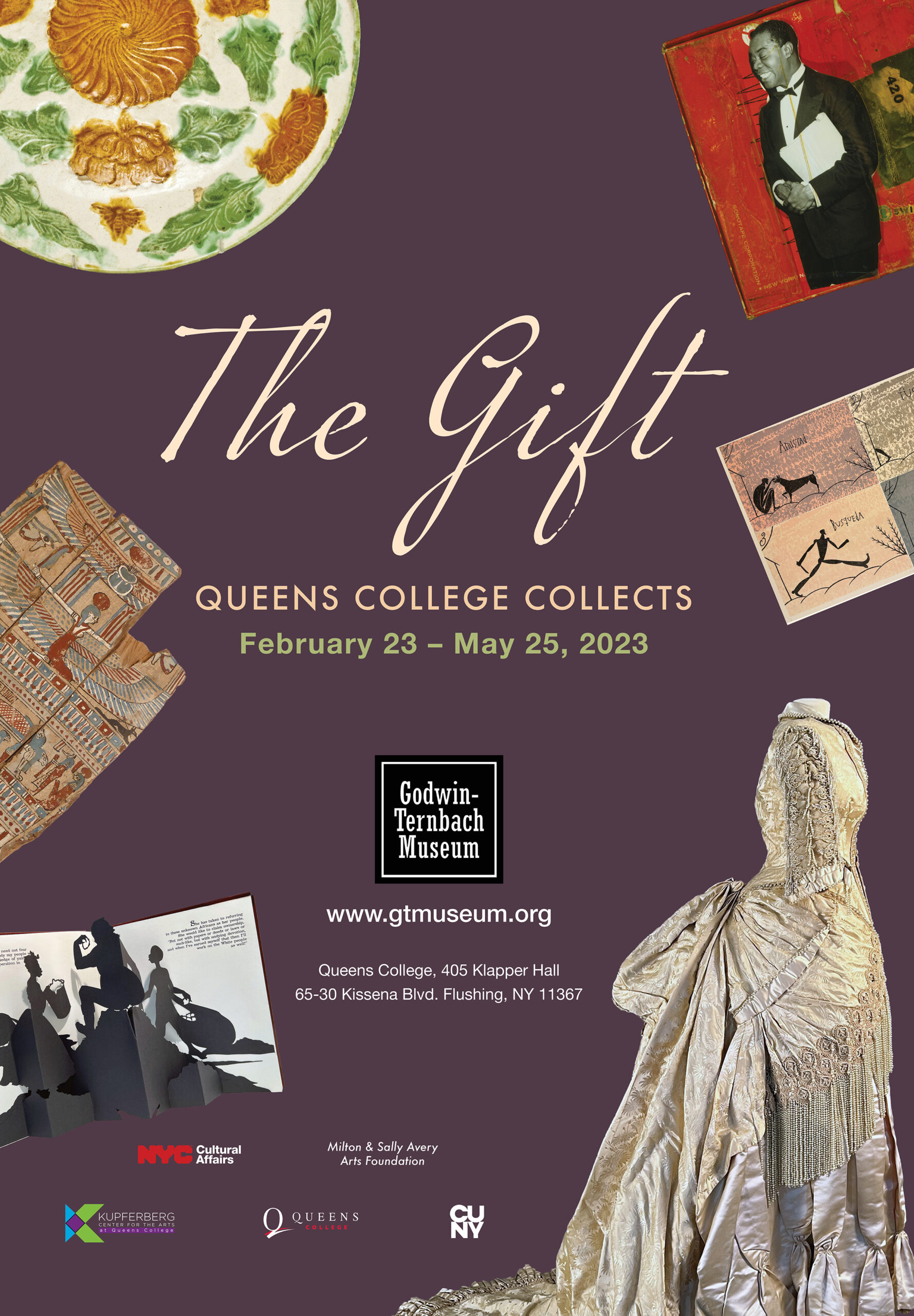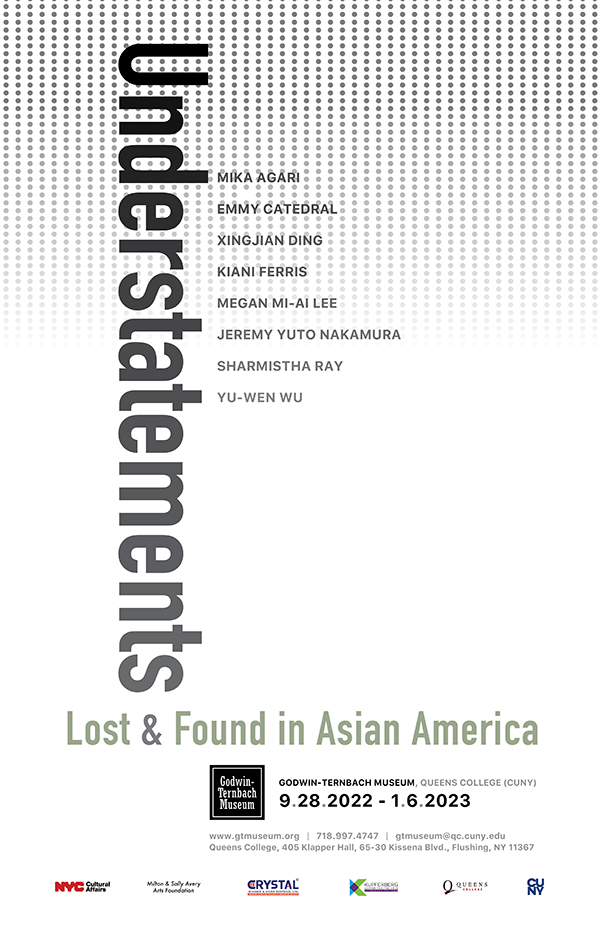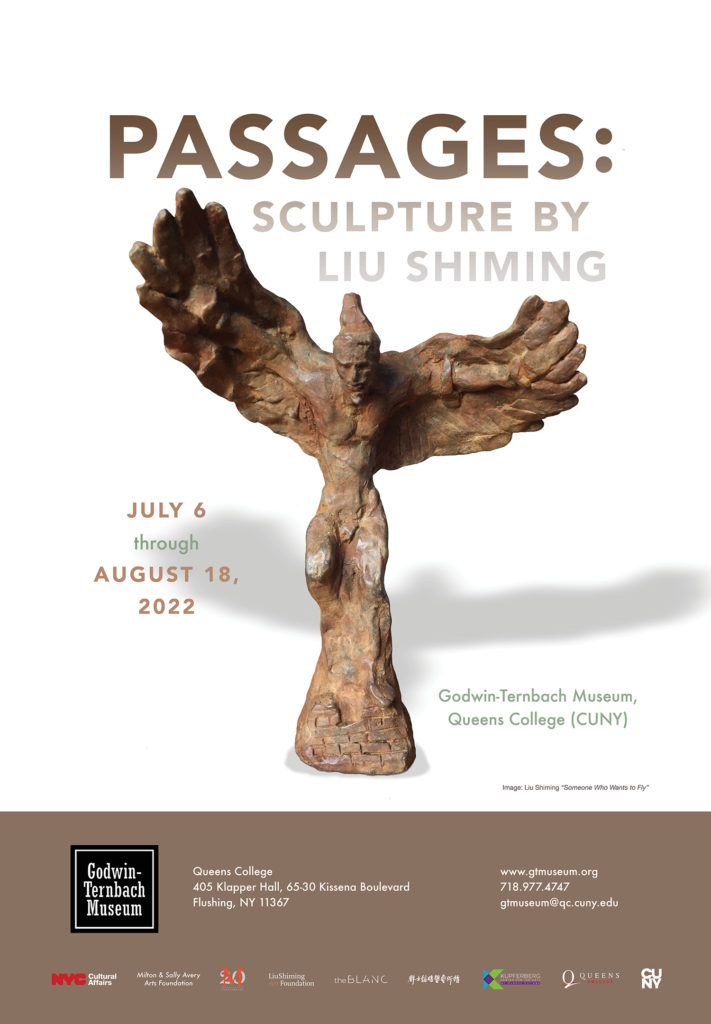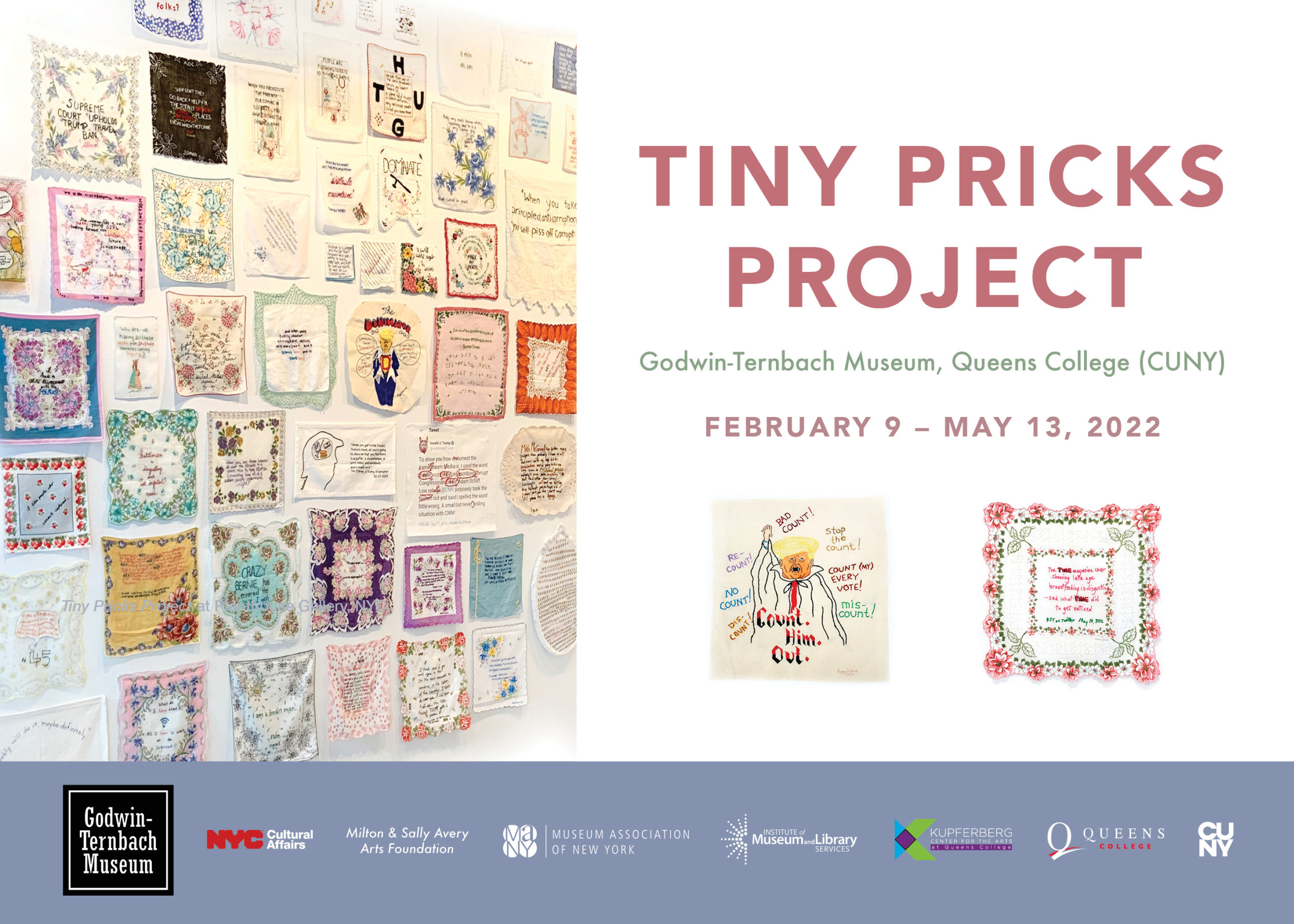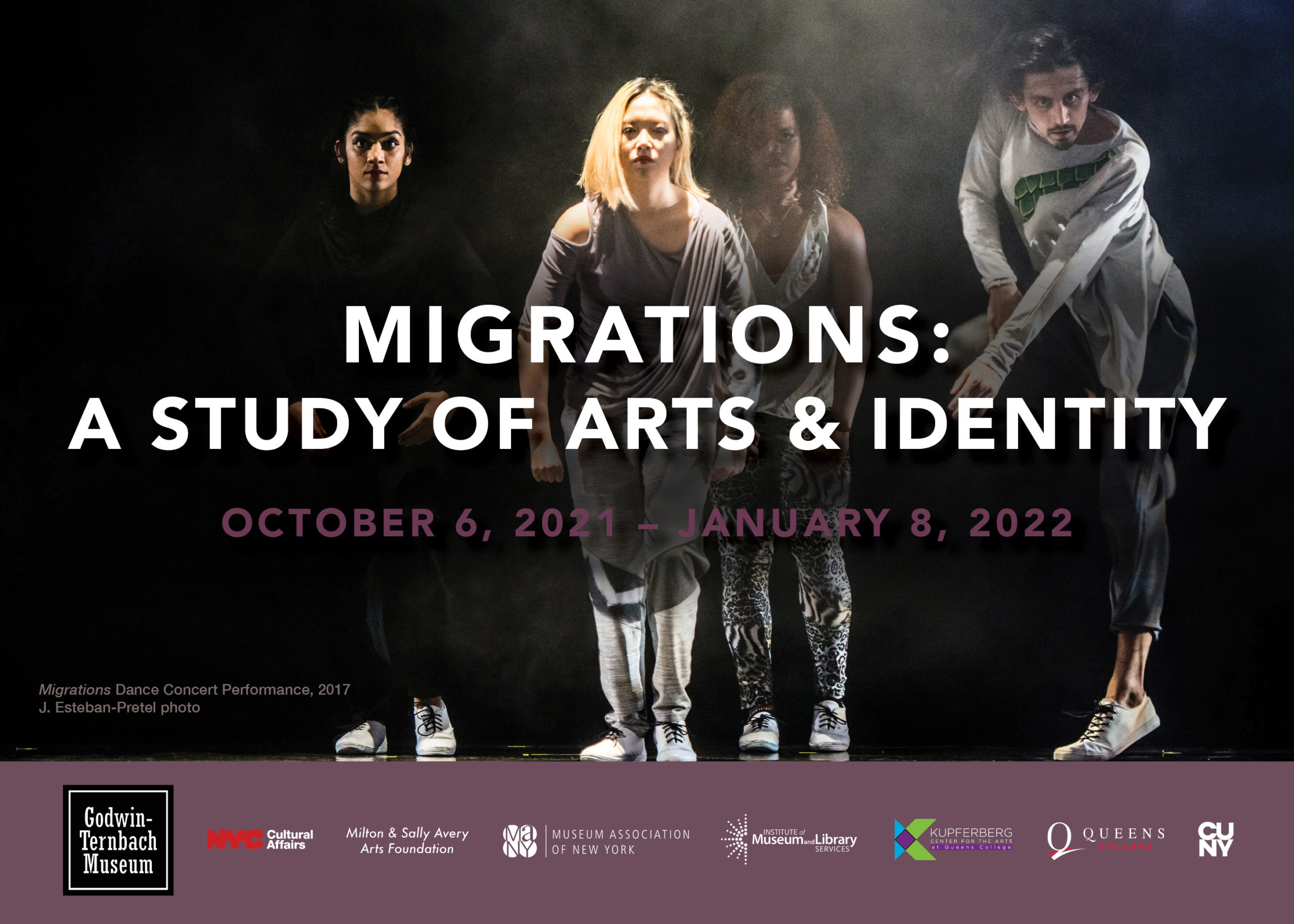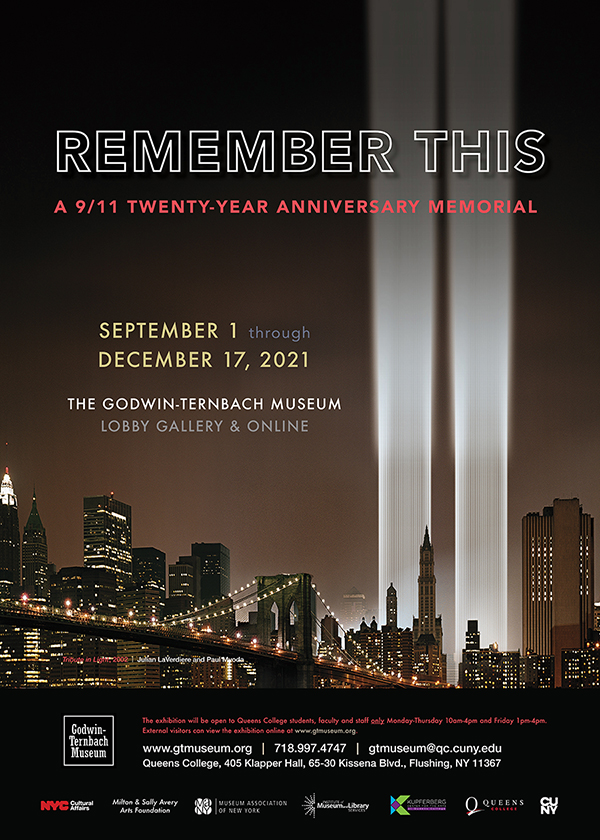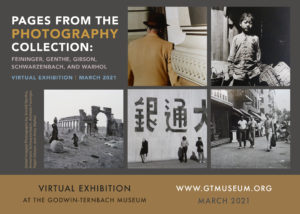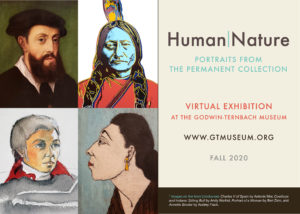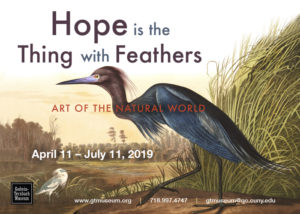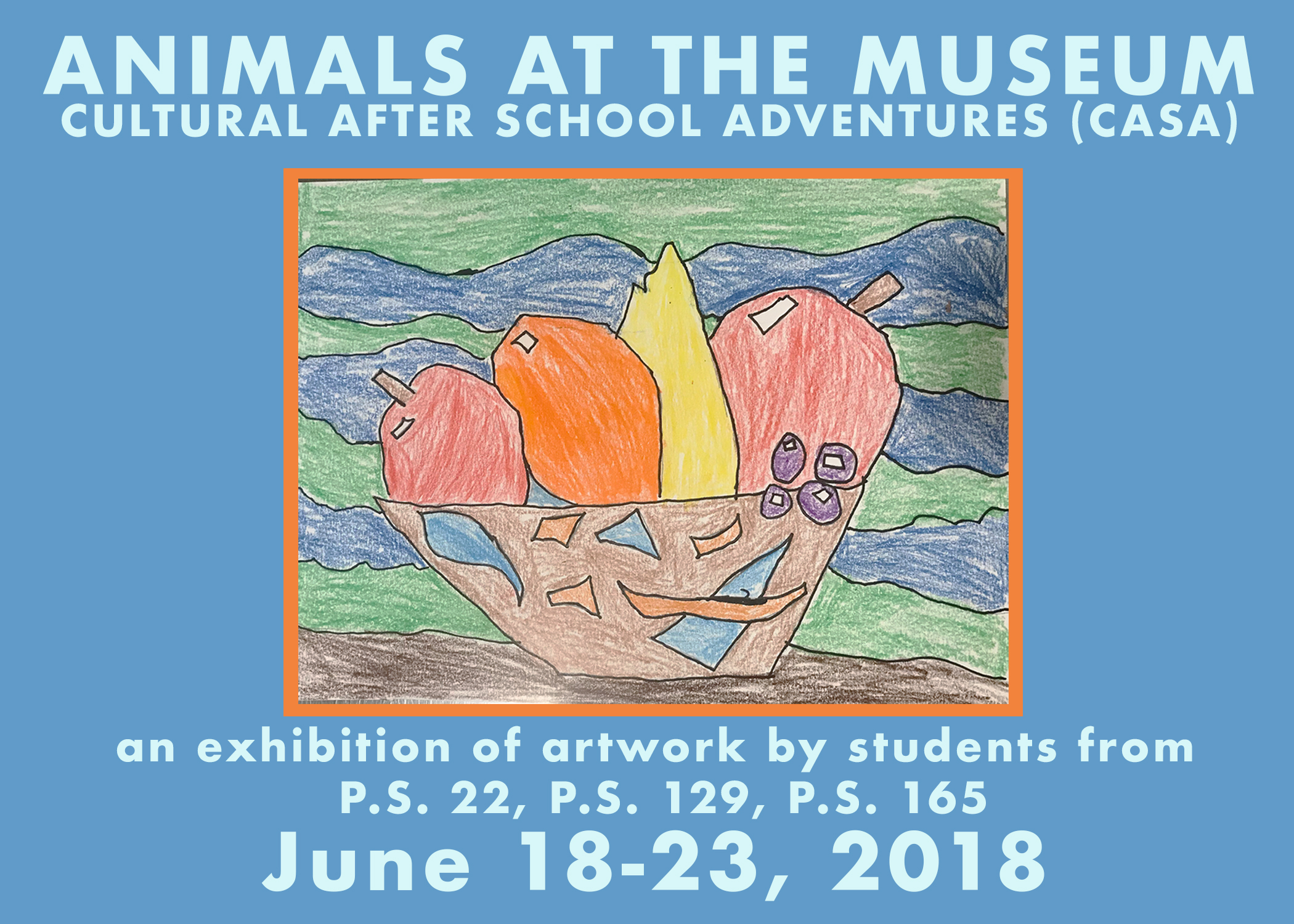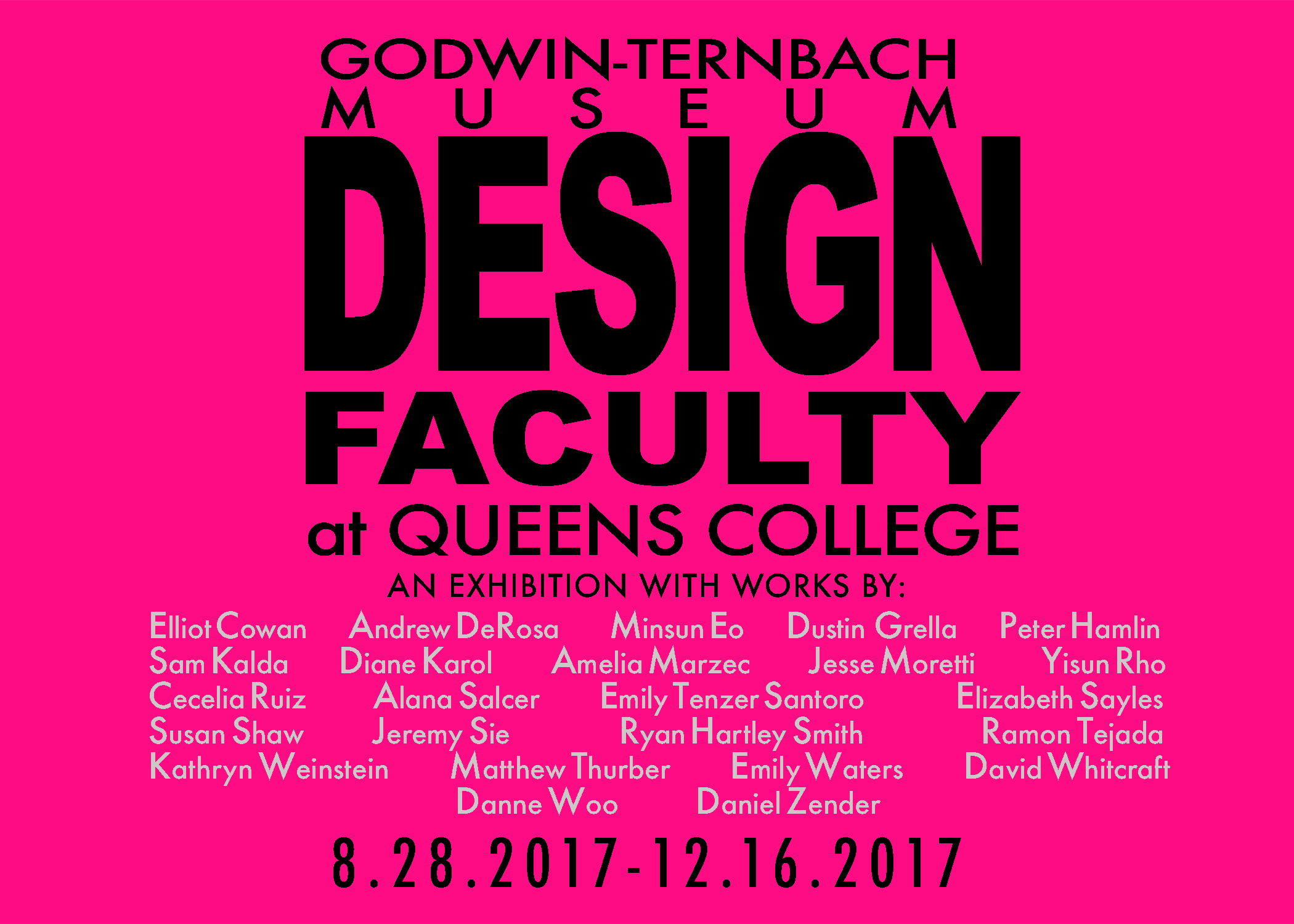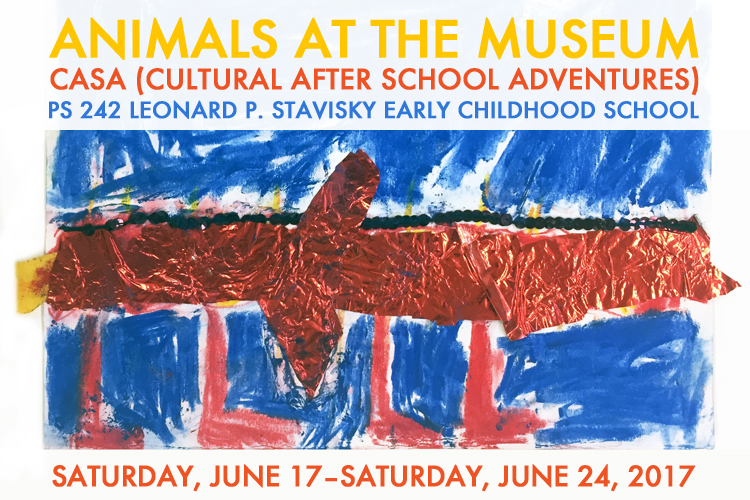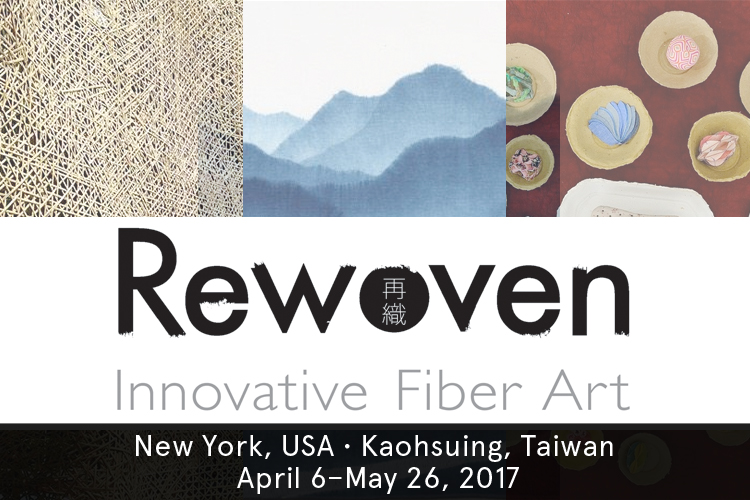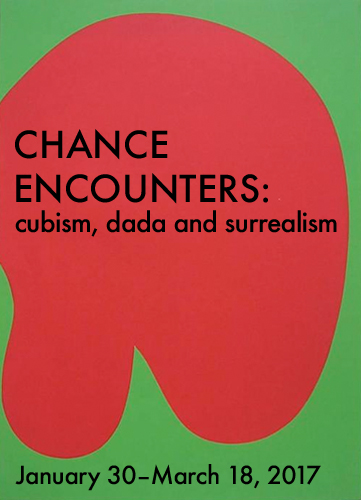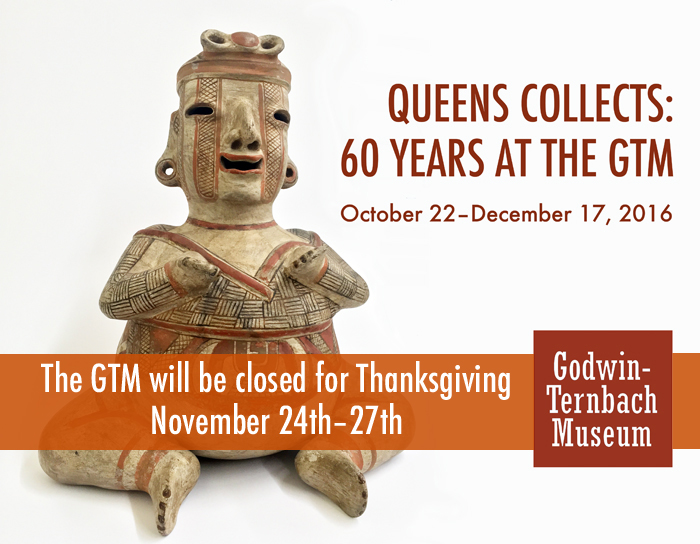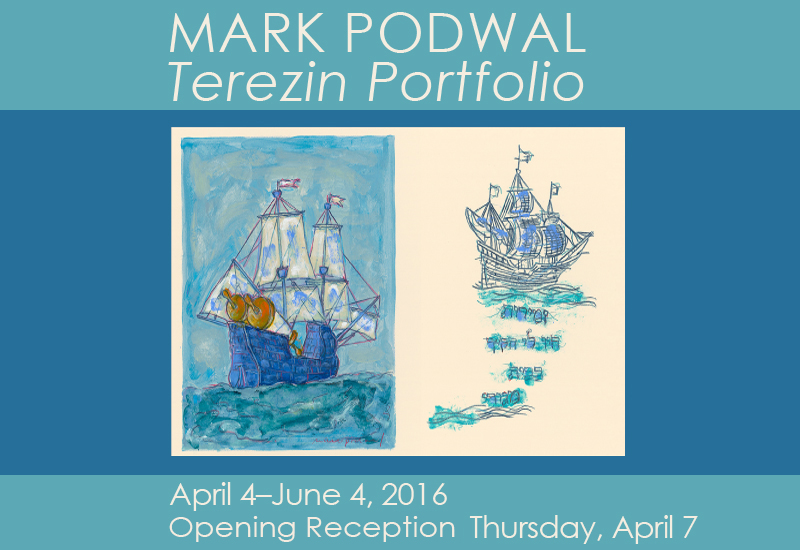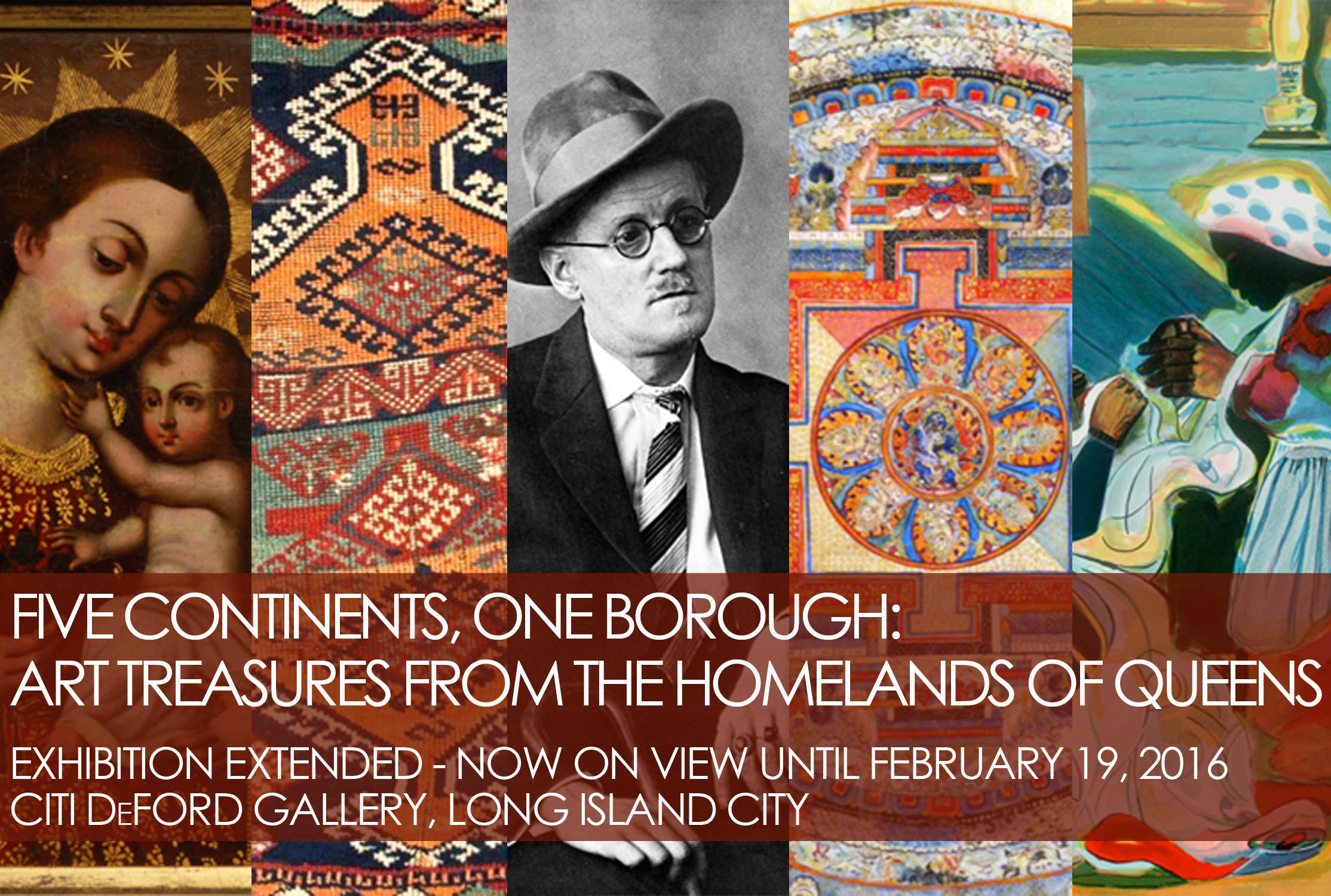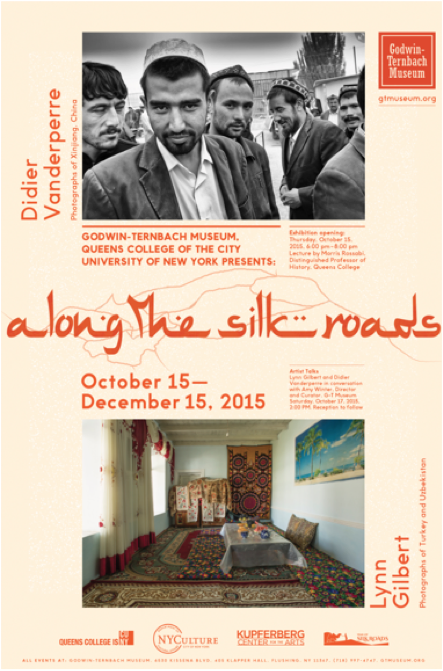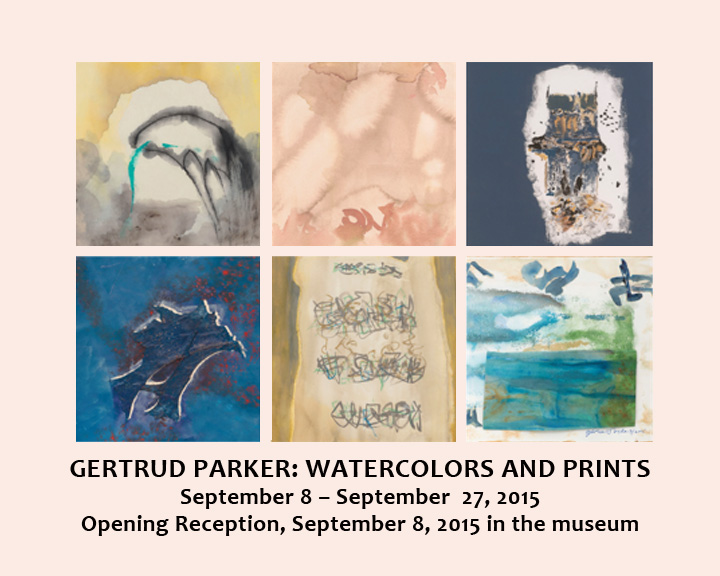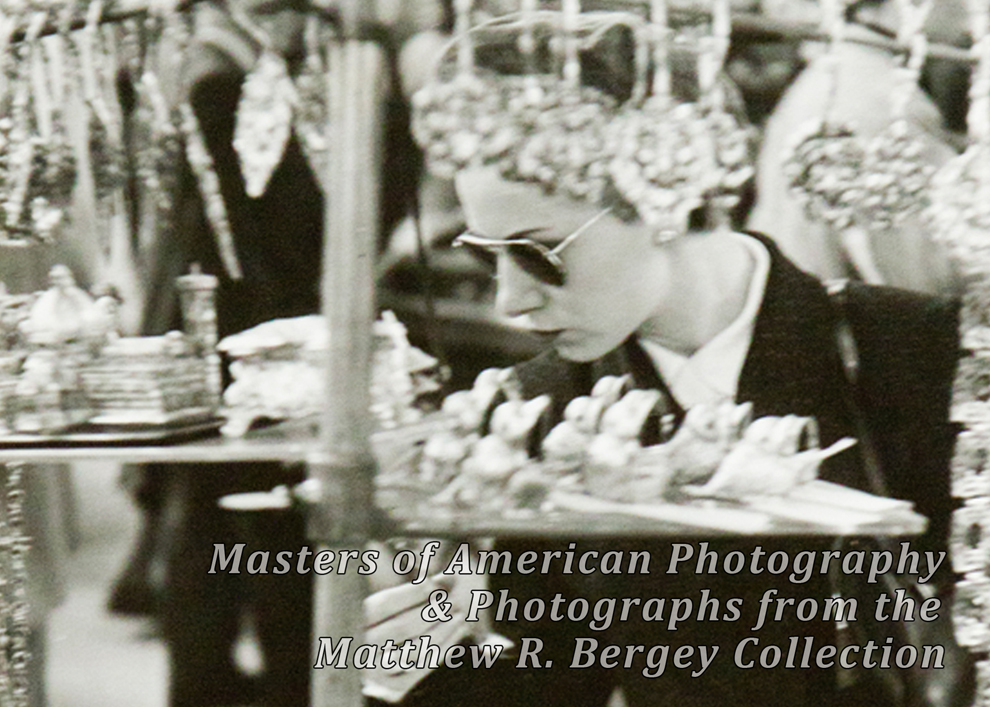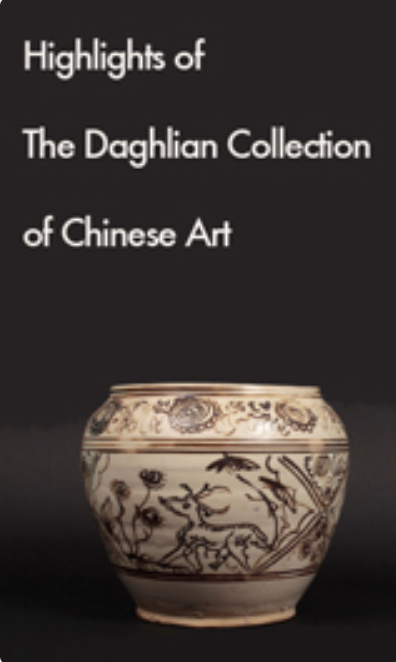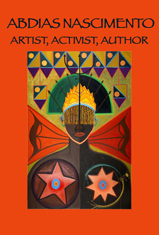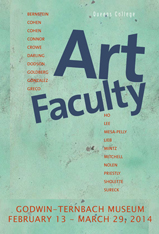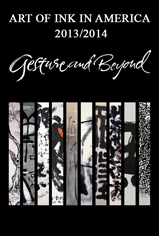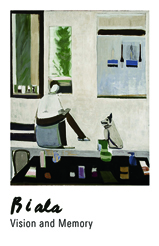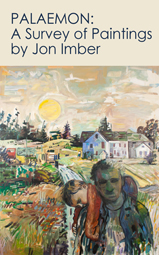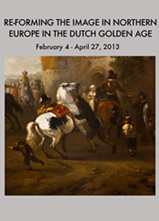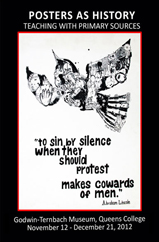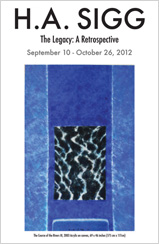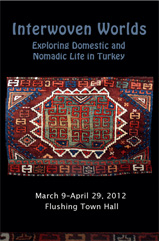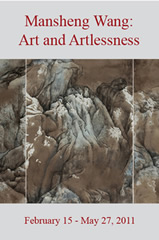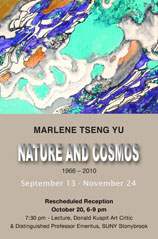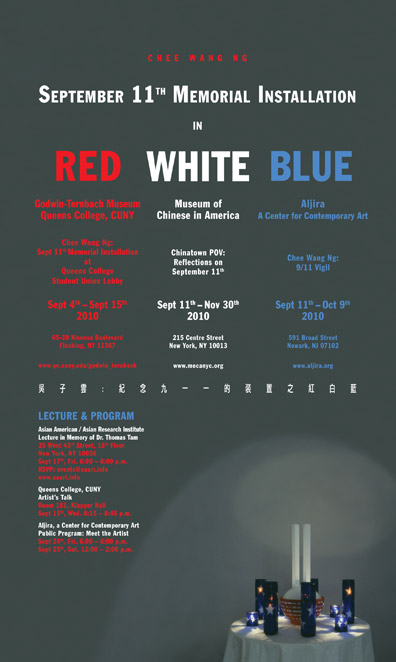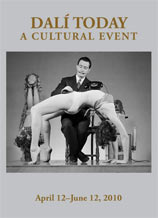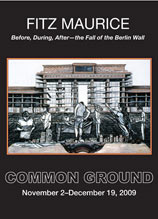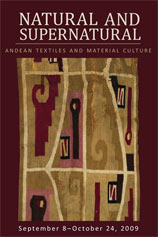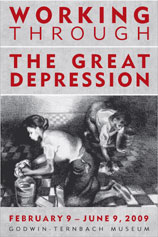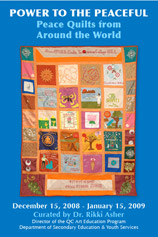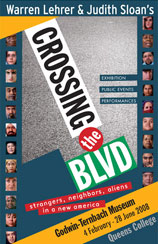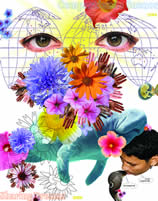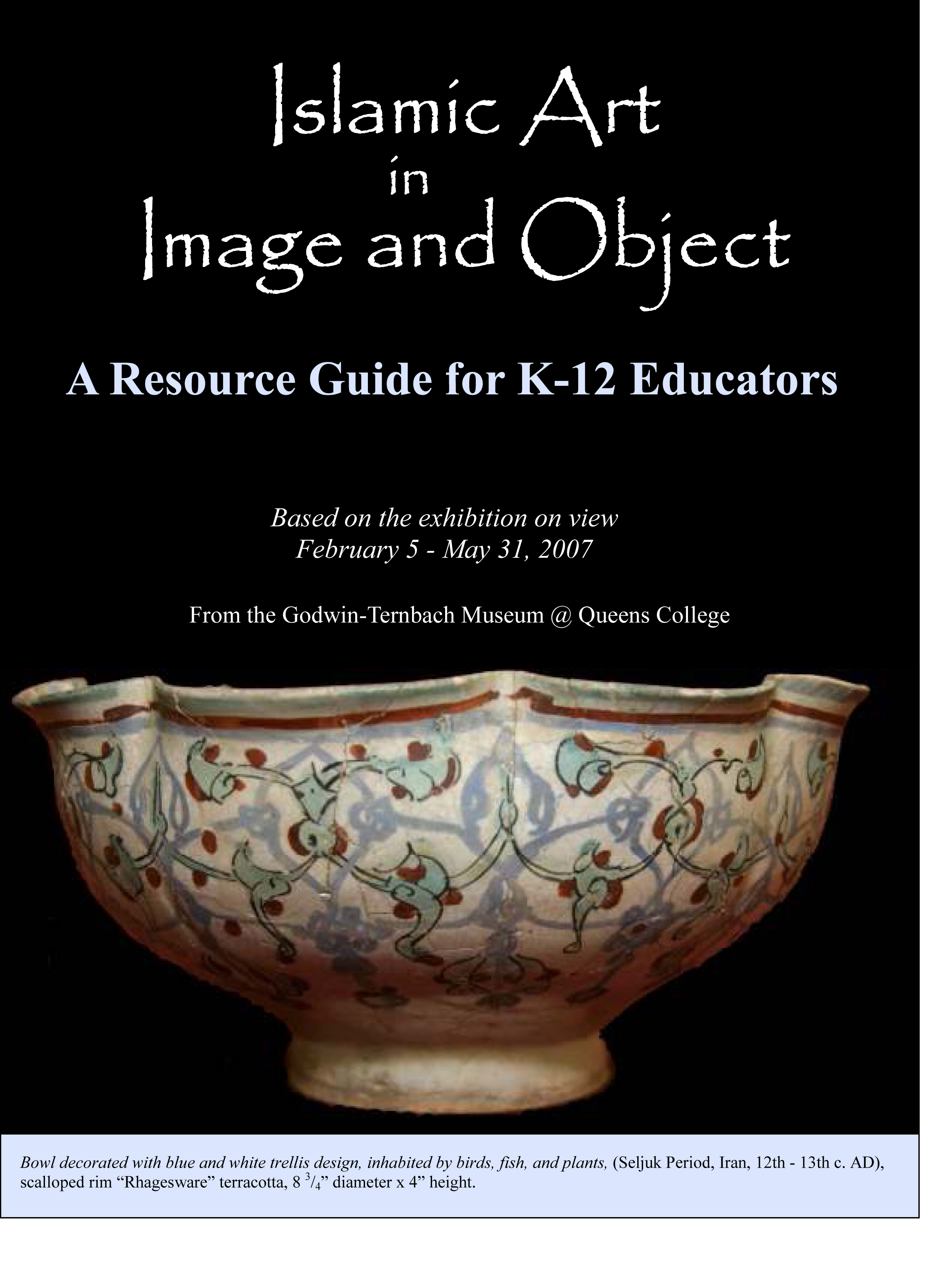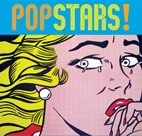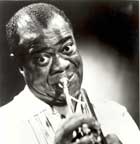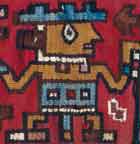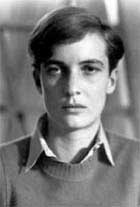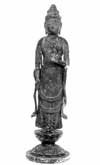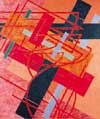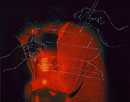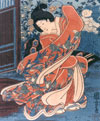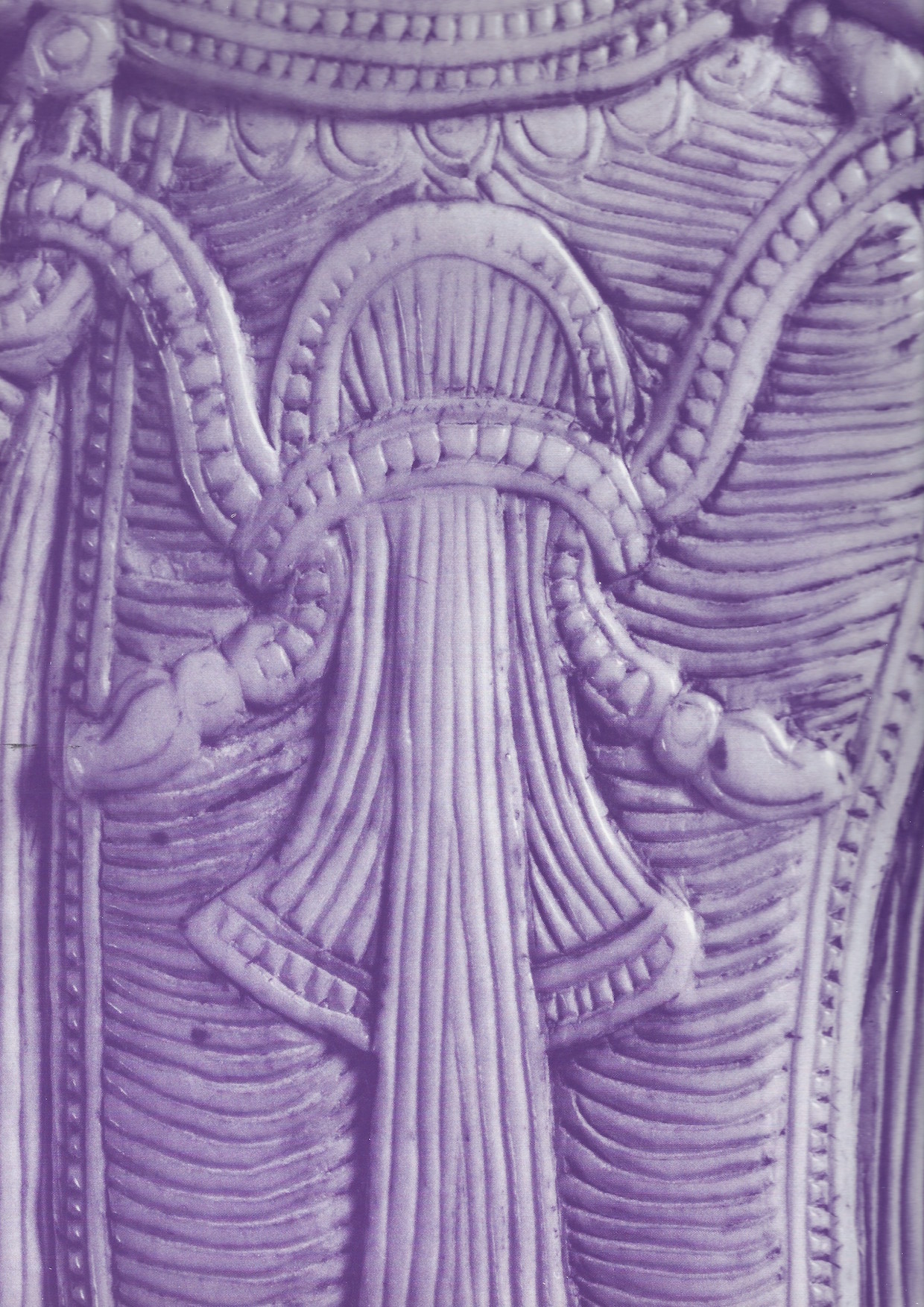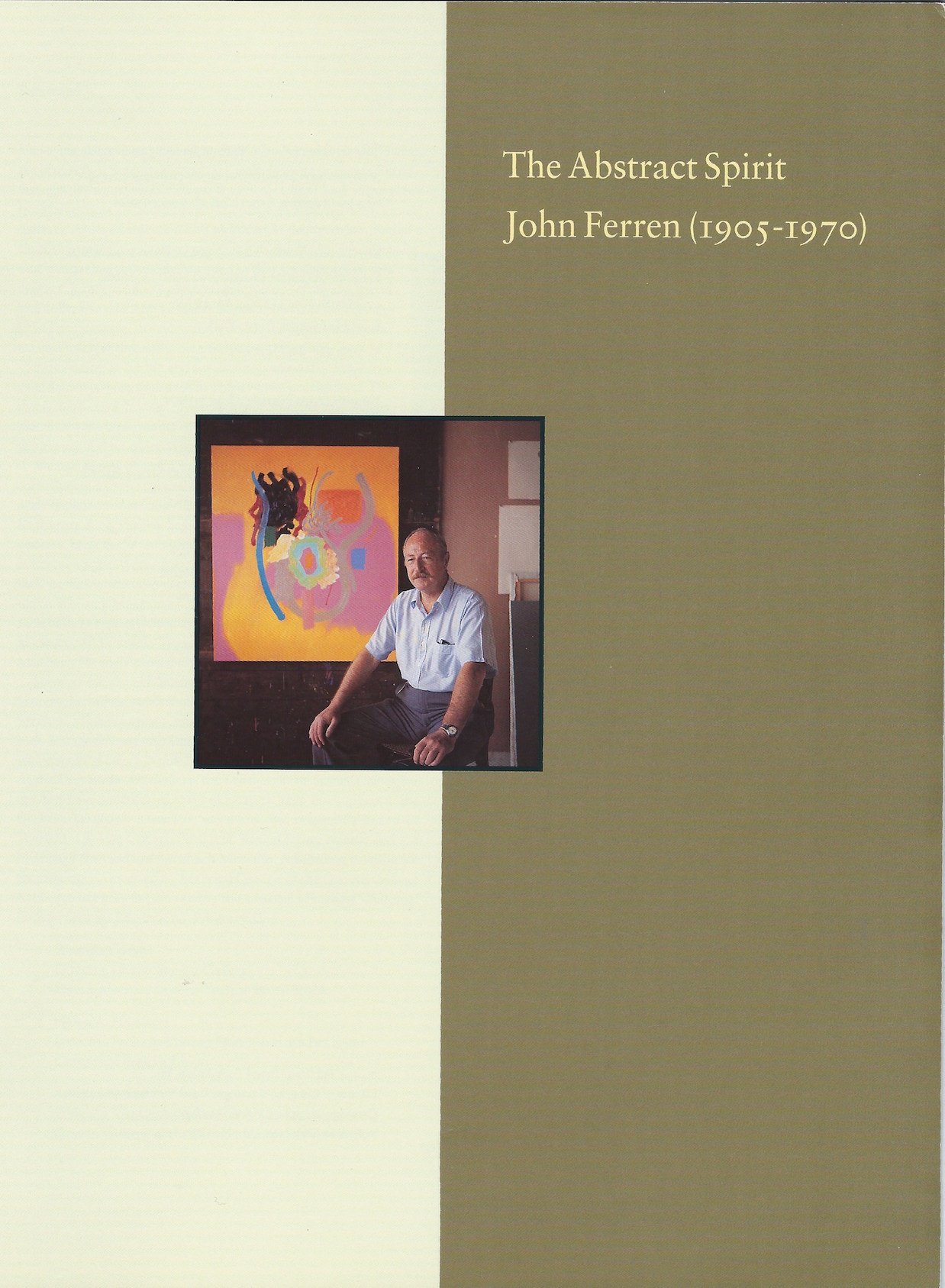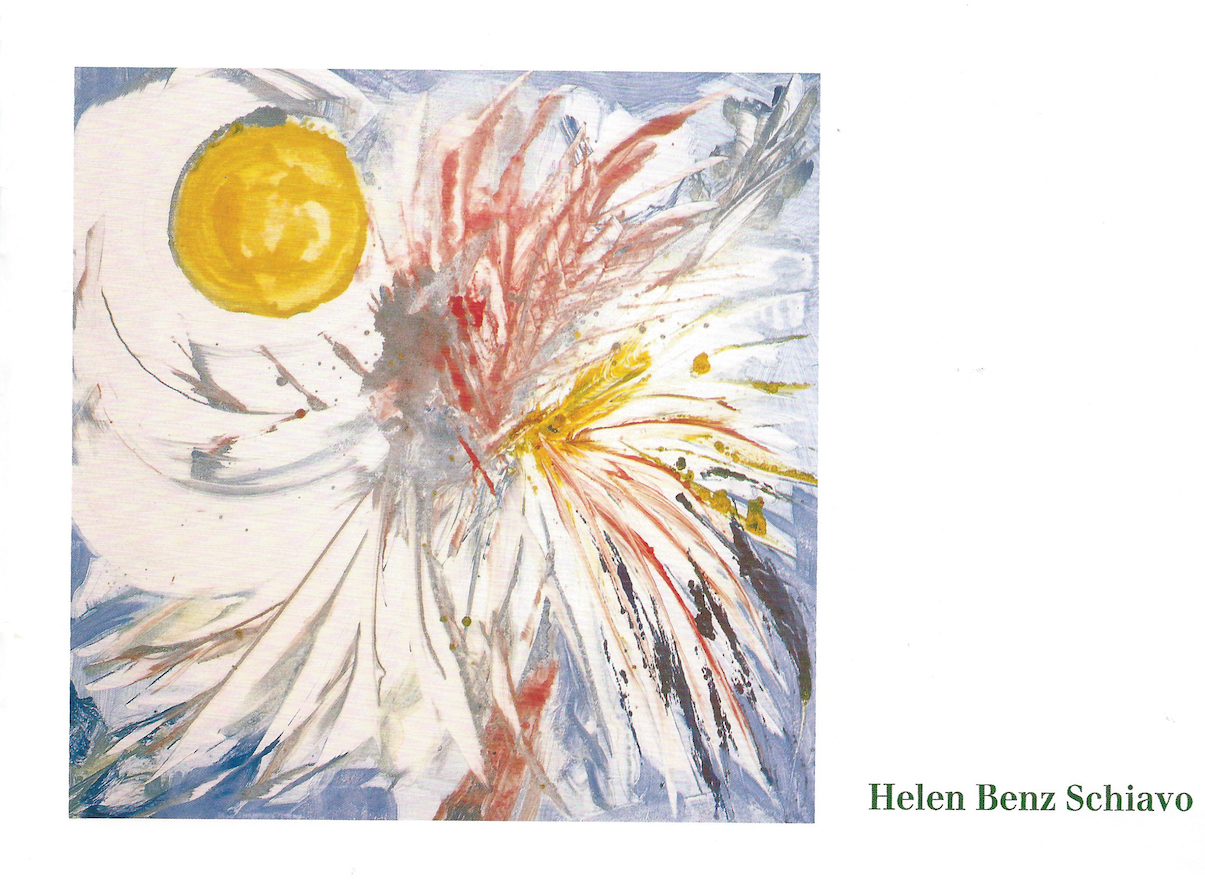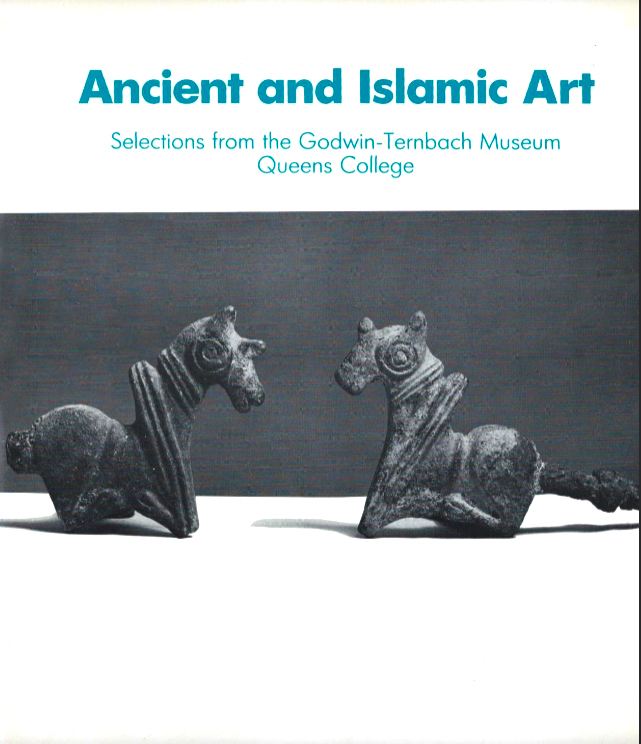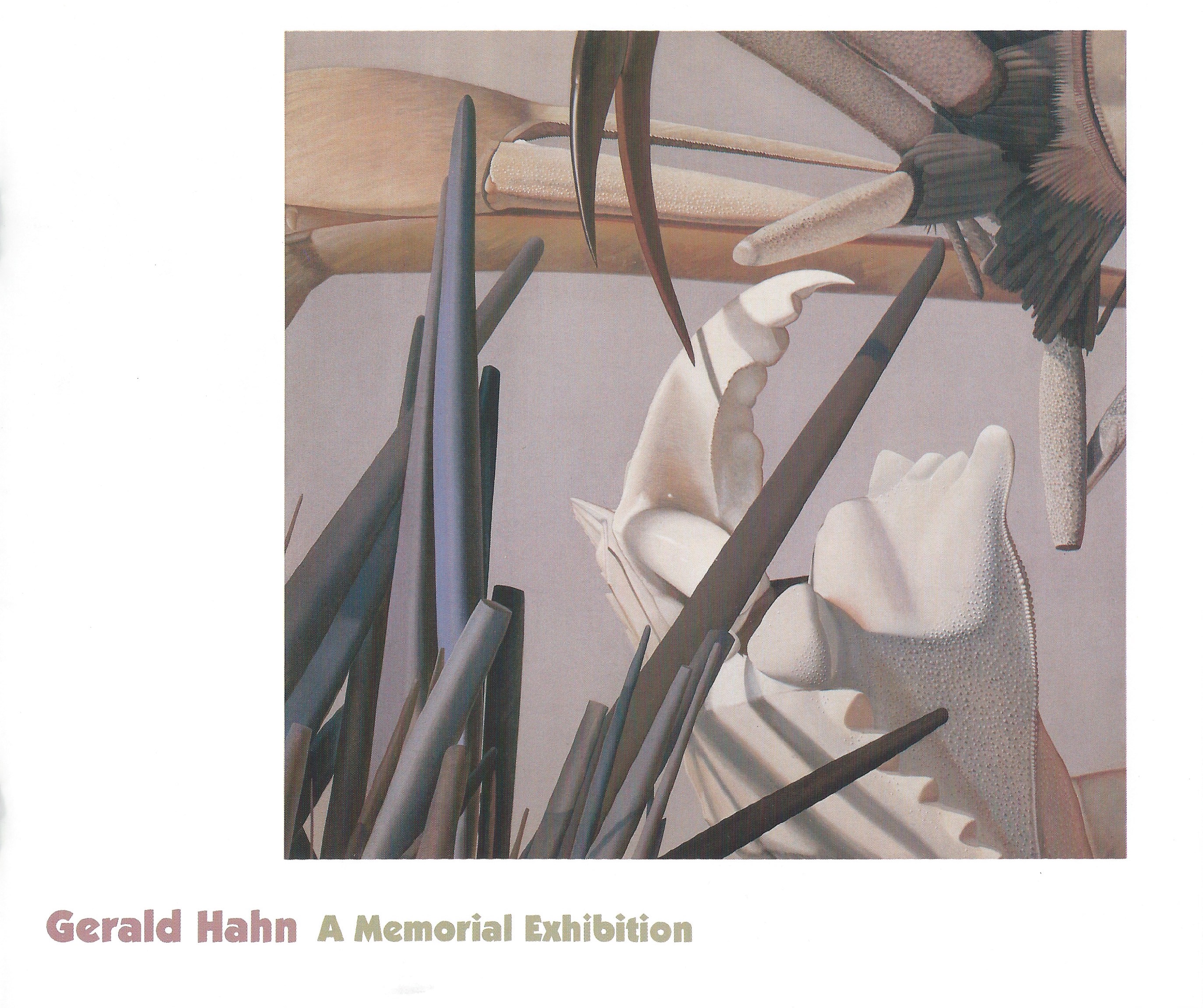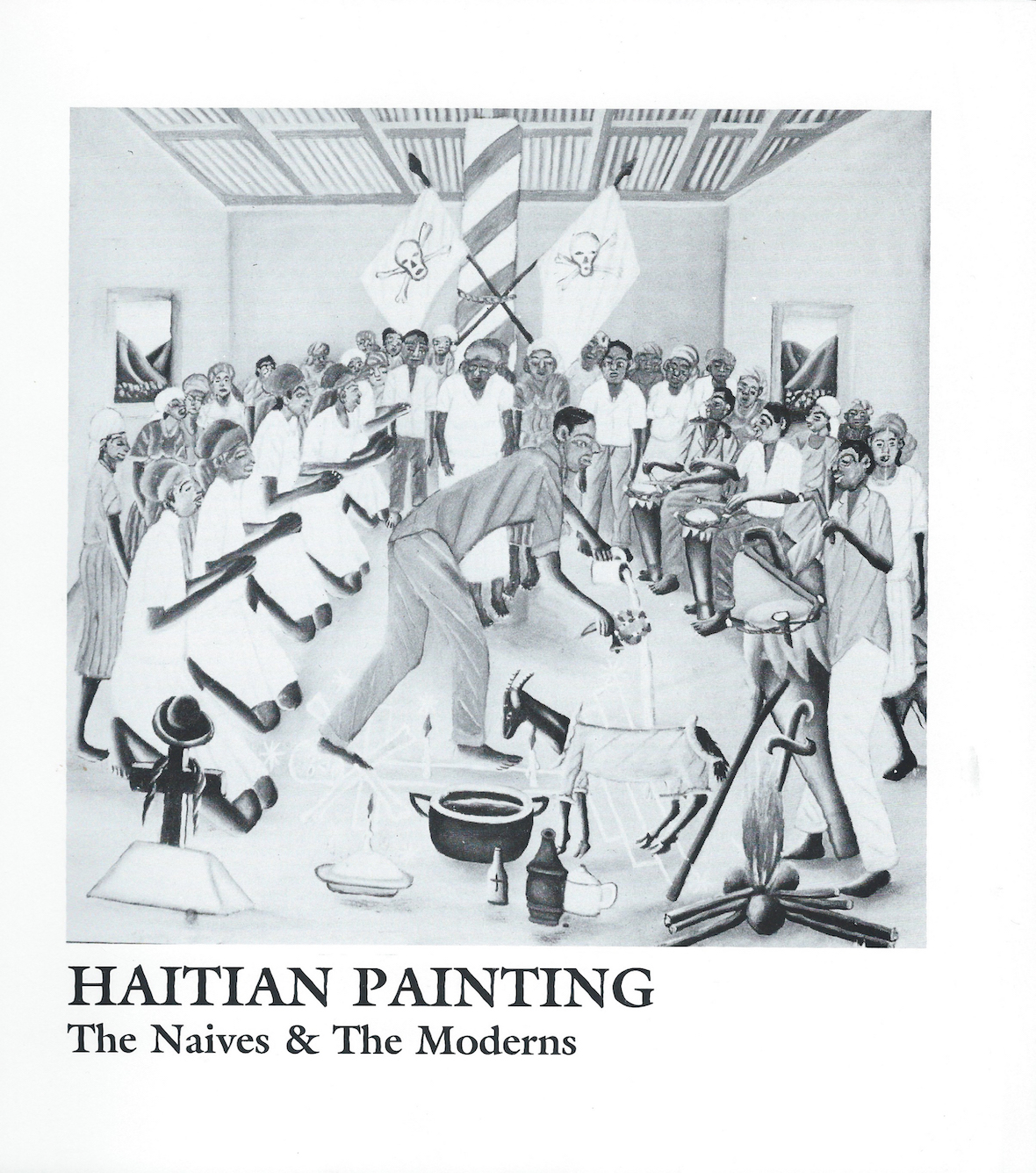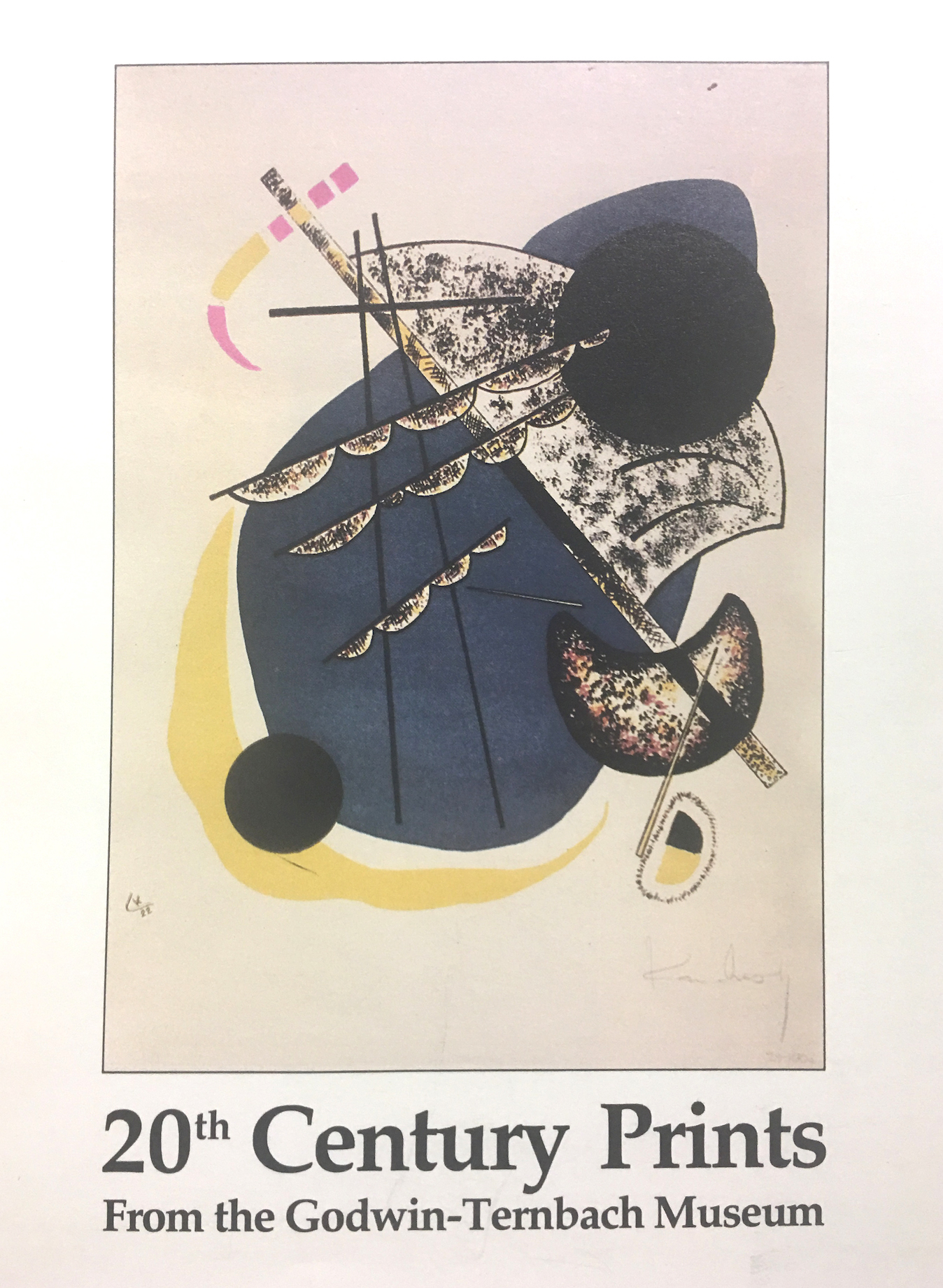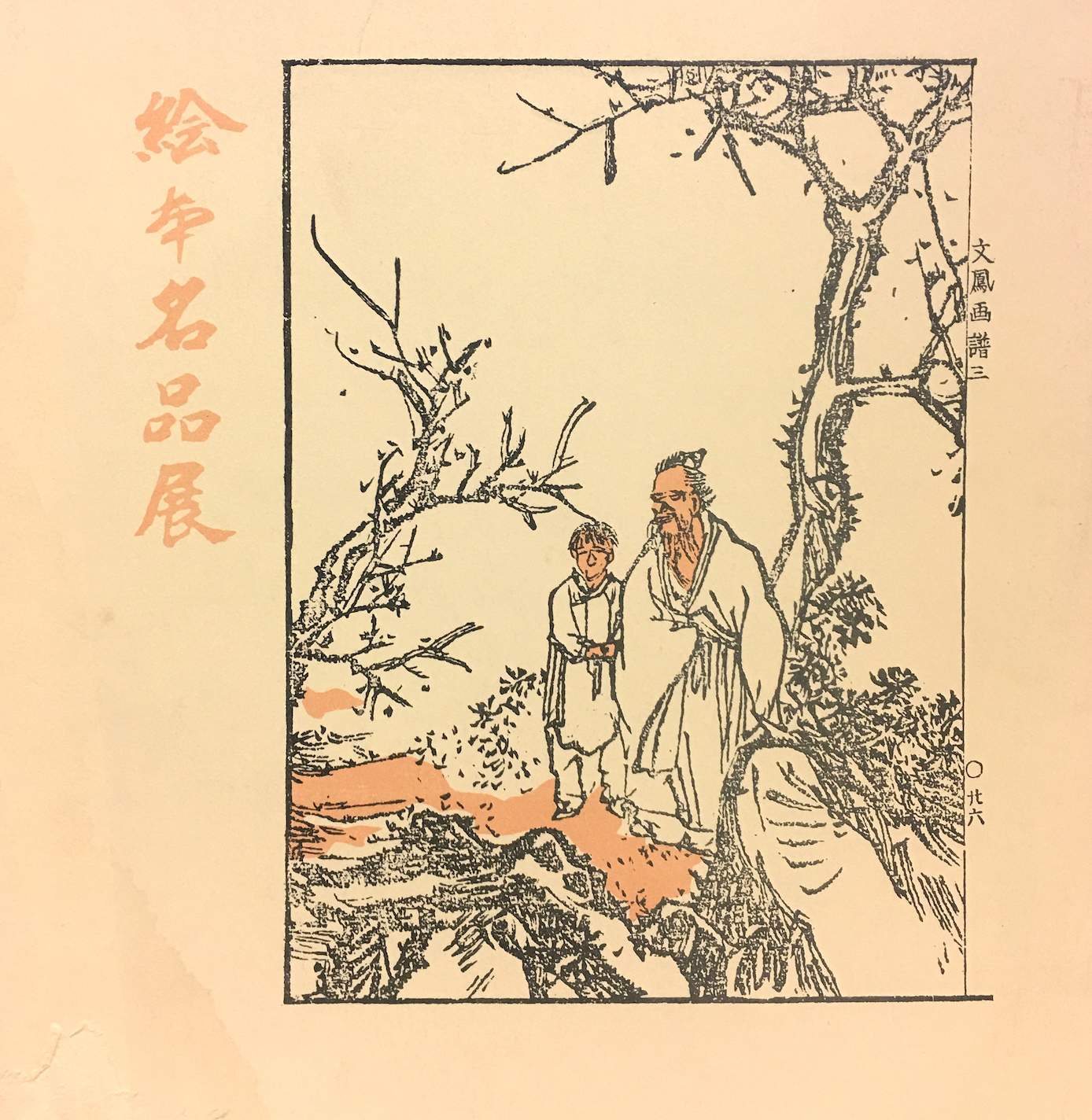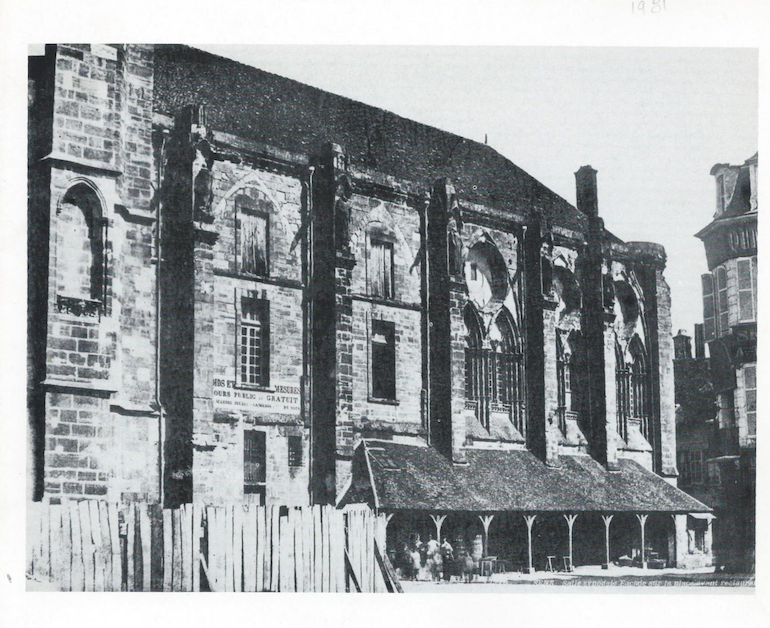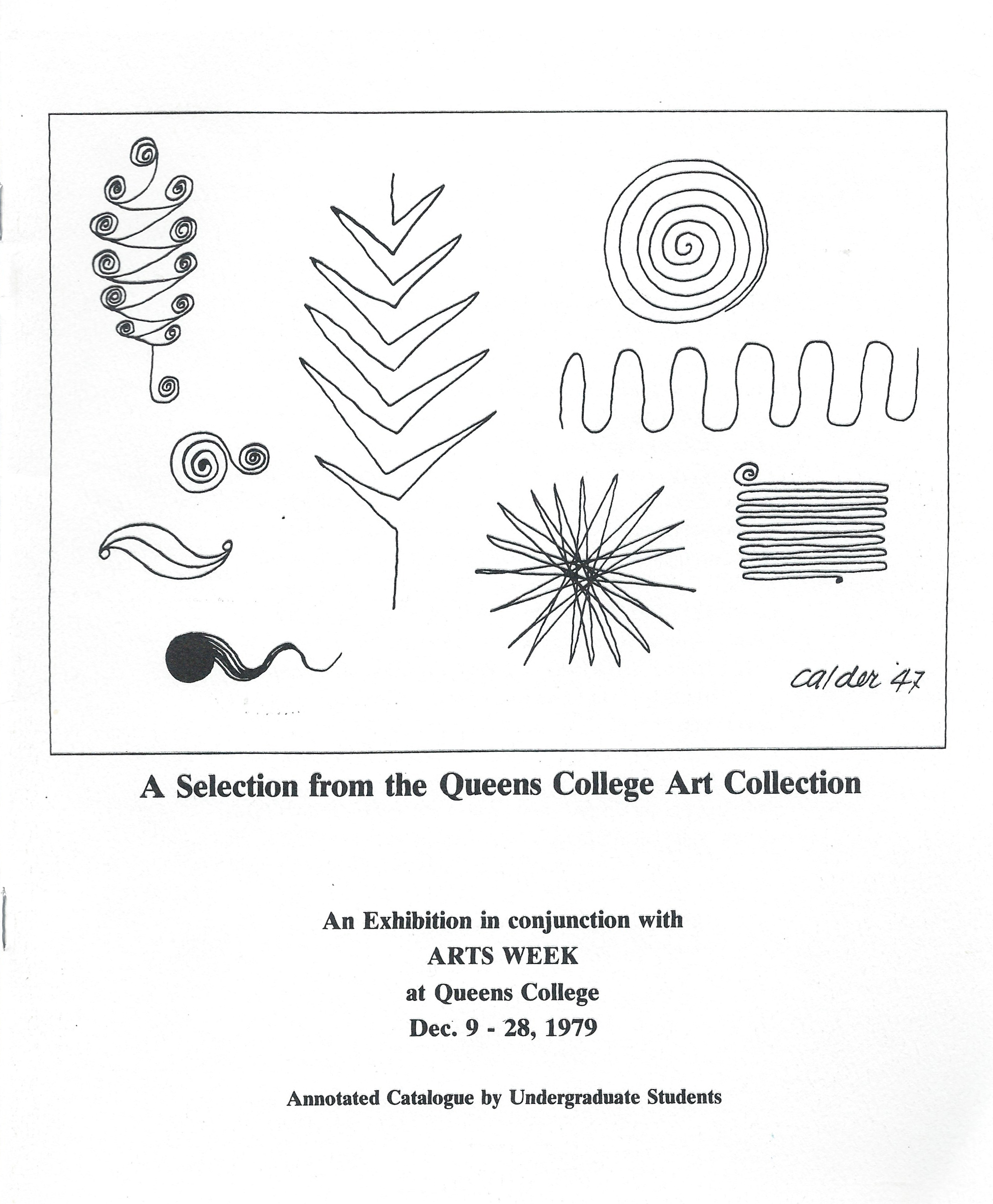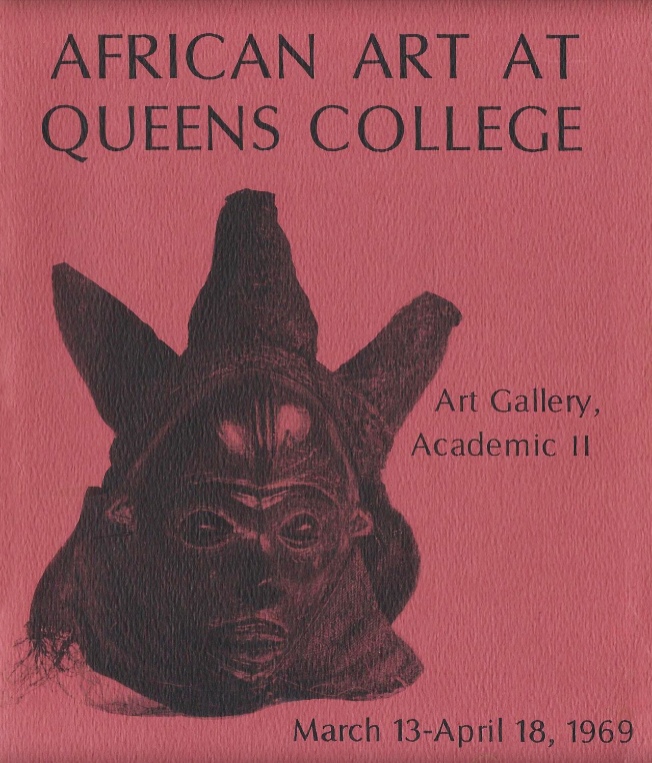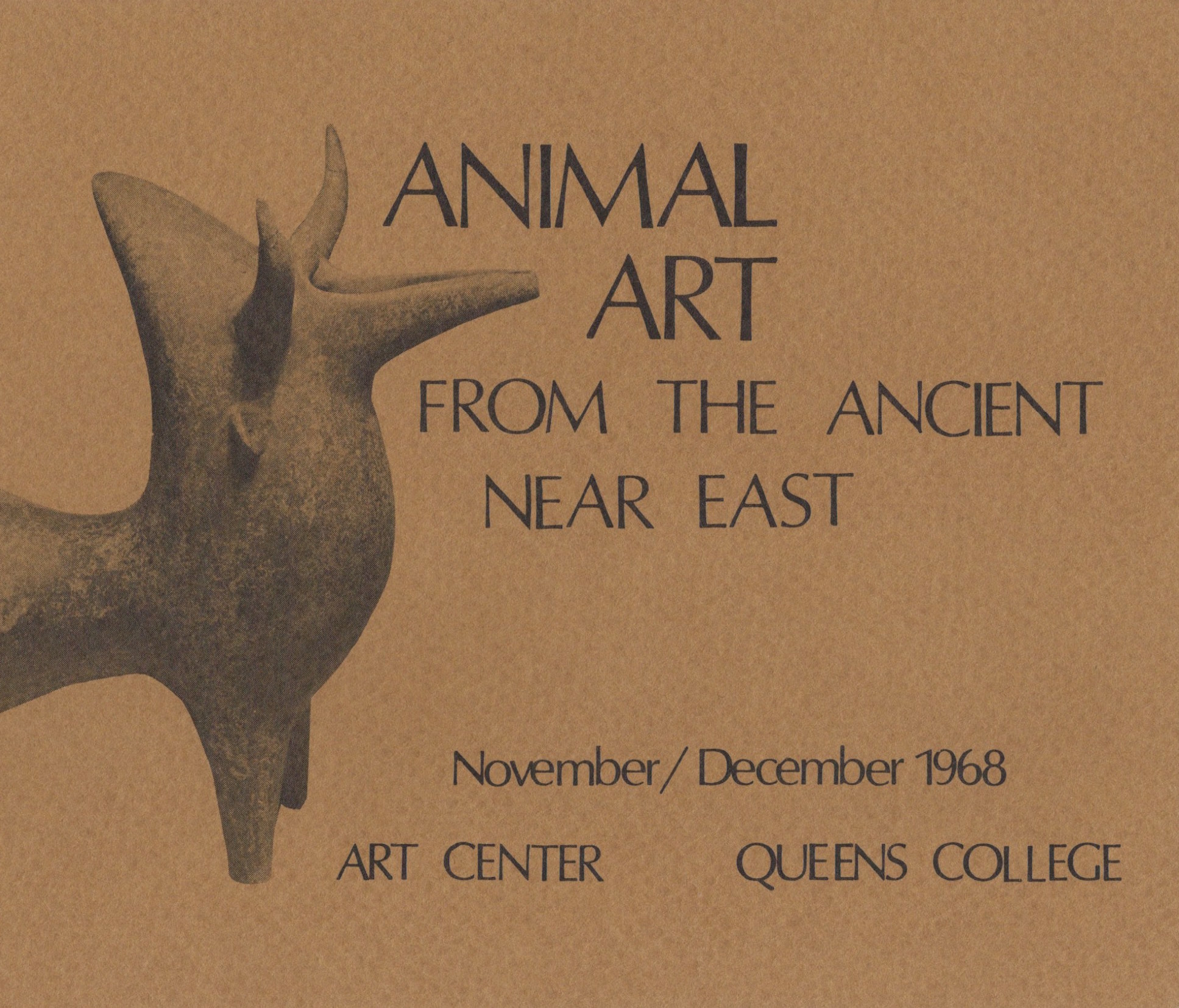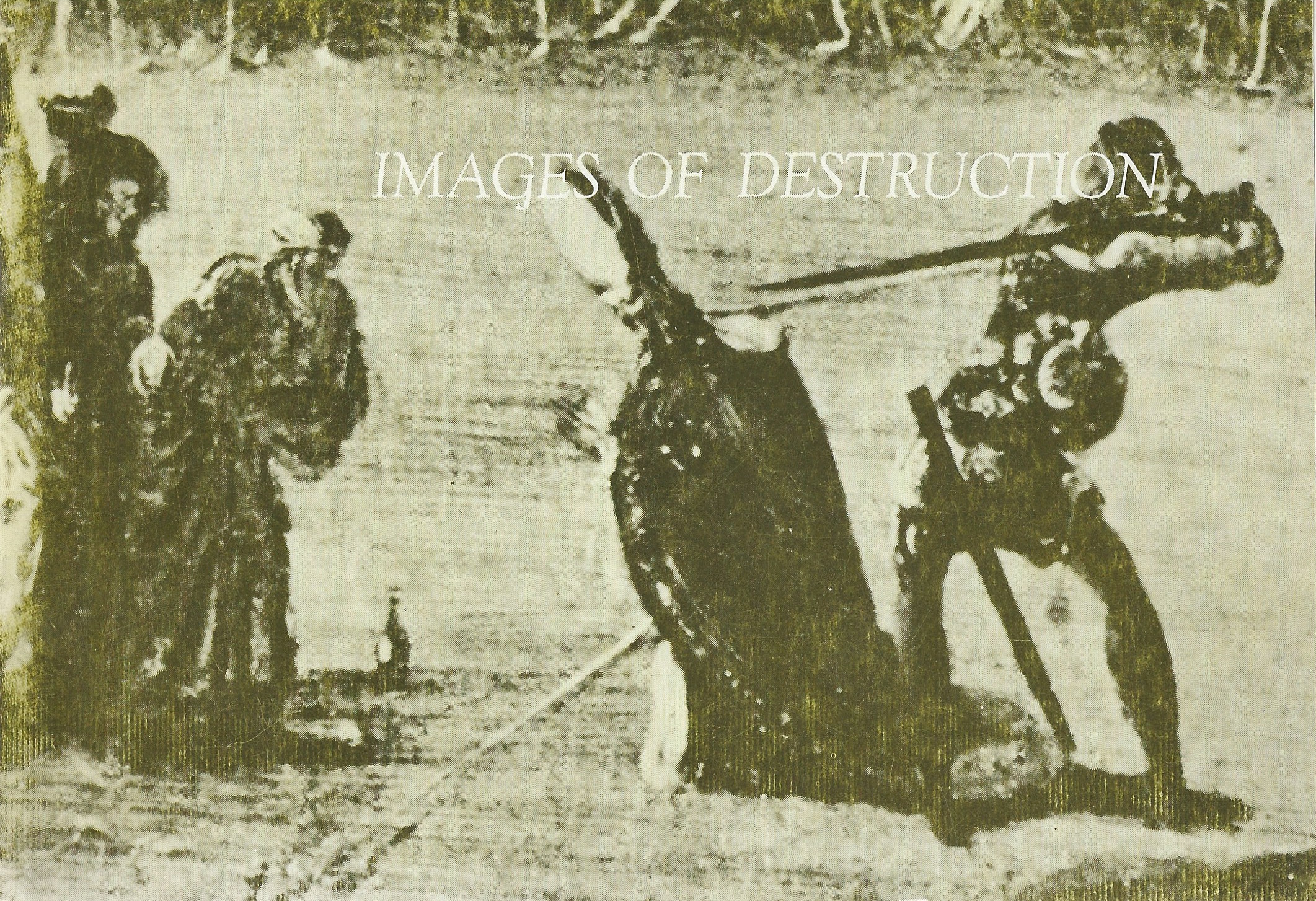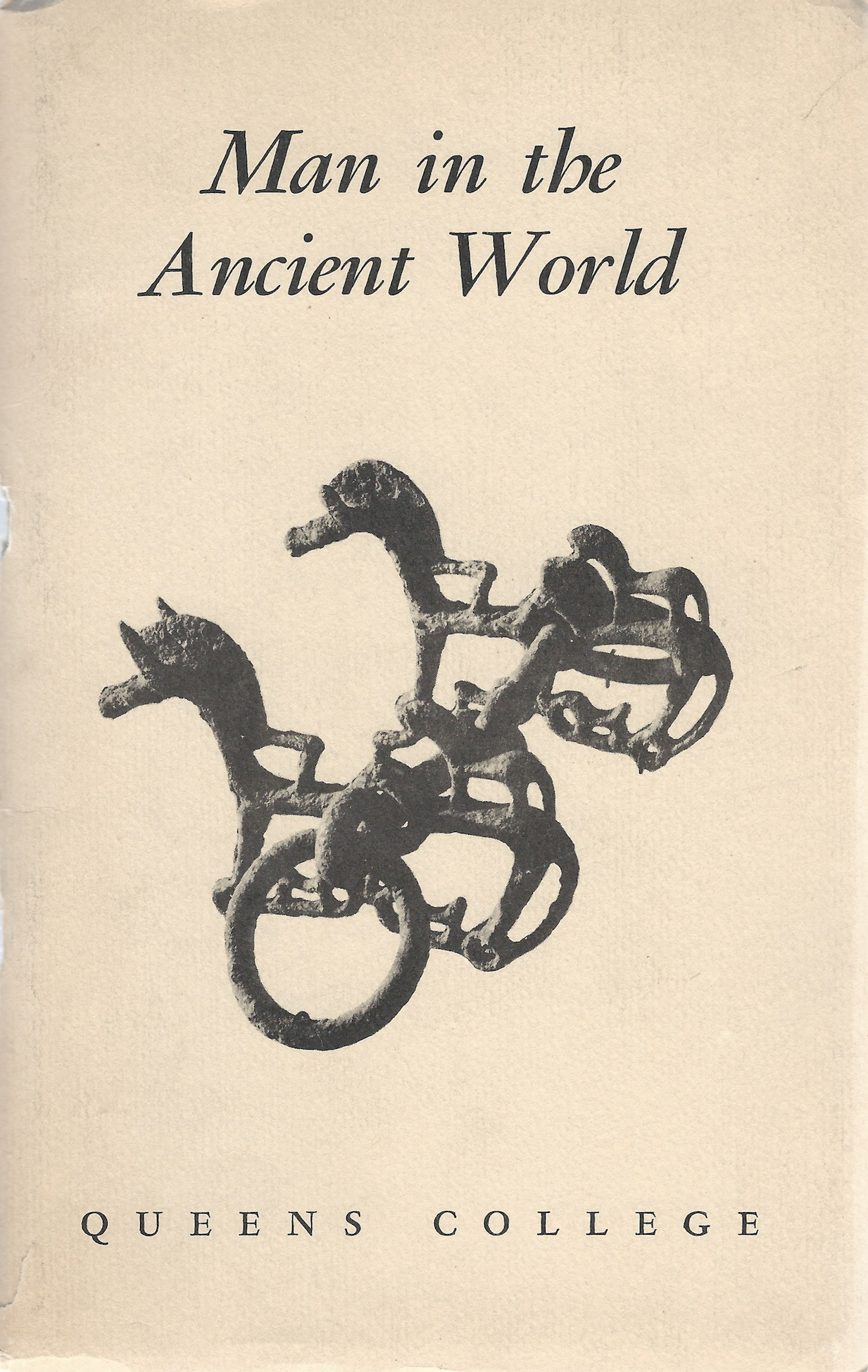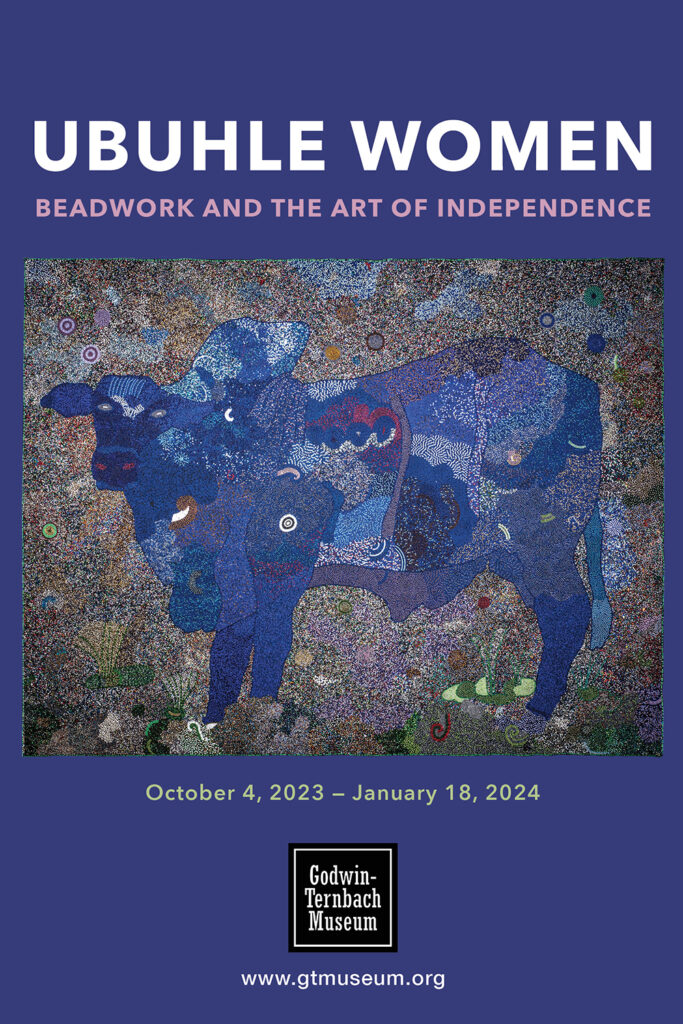
UBUHLE WOMEN: BEADWORK AND THE ART OF INDEPENDENCE
October 4, 2023 – January 18, 2024
Godwin-Ternbach Museum, Queens College (CUNY)
Ubuhle Women: Beadwork and the Art of Independence is a spectacular overview of a new form of bead work, the ndwango (“cloth”), developed by a community of women living and working together in rural KwaZulu-Natal, South Africa. The plain black fabric that serves as a foundation for this exquisite beadwork is reminiscent of the Xhosa headscarves and skirts that many of them wore growing up. By stretching this textile like a canvas, the artists use colored Czech glass beads to transform the flat cloth into a contemporary art form of remarkable visual depth. Using skills handed down through generations, and working in their own unique style “directly from the soul” (in the words of artist Ntombephi Ntobela), the women create abstract as well as figurative subjects for their ndwangos. Ubuhle means “beauty” in the Xhosa and Zulu languages and well describes the shimmering quality of light on glass that for the Xhosa people has a special spiritual significance.
Ubuhle was conceived in response to the profound social and cultural transformation of modern South Africa as a result of migration and economics. Established in 1999 by two women—Ntombephi “Induna” Ntobela and Bev Gibson—on a former sugar plantation in KwaZulu-Natal, Ubuhle began as a way of creating employment for rural women by combining traditional skills and making them profitable. By incorporating a skill that many local women already had—beadwork, a customary form of artistic expression for generations of South African women—and teaching it to those who did not, they began to provide women with a private source of income and a route to financial independence.
Ubuhle Women: Beadwork and the Art of Independence was developed by the Smithsonian Anacostia Community Museum, Washington, DC, in cooperation with Curators Bev Gibson, Ubuhle Beads, and James Green, and is organized for tour by International Arts & Artists, Washington, DC.
This exhibition is funded in part by the Friends of the Godwin-Ternbach Museum, Kupferberg Center for the Arts, and Queens College, CUNY. Education programs and initiatives are supported in part by the Milton & Sally Avery Arts Foundation, and public funds from the NYC Department of Cultural Affairs in partnership with NY City Council.
Official Press Release Here.
WUNDERKAMMER I: MATERIAL PLEASURES
September 28, 2022 – January 18, 2024 | Godwin-Ternbach Museum, Queens College (CUNY) | Lobby Gallery
Wunderkammer I: Material Pleasures reveals the breadth and vitality of objects made by humans across a period of five thousand years from diverse cultures in far-reaching geographical locales. On view are over eighty outstanding works from antiquity to modern times drawn from the museum’s encyclopedic collection of 7,000 objects.
Programs in conjunction with the exhibition are open to the campus community and the public. This exhibition was organized by Louise Weinberg, GTM’s co-director, director of exhibitions and collections, and curator.
Support for Wunderkammer I: Material Pleasures is provided by the Milton & Sally Avery Arts Foundation, NYC Department of Cultural Affairs, Kupferberg Center for the Arts, and Queens College, CUNY.
Official Press Release Here.
THE GIFT: Queens College Collects
February 23, 2023 – May 25, 2023 | Godwin-Ternbach Museum, Queens College (CUNY)
This initiative of Queens College (QC) School of Arts will highlight the richness of the Queens College holdings brought together for the first time, including works from Godwin-Ternbach Museum (GTM), QC Fashion and Textiles Collection, QC Art Department, Queens College Library, Louis Armstrong House Museum, and Daghlian Collection of Chinese Art.
Historically, Queens College began officially acquiring art and artifacts from the 1930s to the 1950s to be utilized as a teaching collection for students of art, art history, fashion and textiles, and any student, staff, or faculty interested in examining material culture. GTM holds the largest collection of about 7,000 works of art and artifacts in addition to the Daghlian Collection of Chinese Art given in 2012. As a teaching museum, GTM makes selected objects available to students for a unique “hands-on” experience within the museum itself or in its art storage facility.
THE GIFT: Queens College Collects is funded in part by the Friends of the Godwin-Ternbach Museum, Kupferberg Center for the Arts, and Queens College, CUNY. Education programs and initiatives are supported in part by the Milton & Sally Avery Arts Foundation, and public funds from the NYC Department of Cultural Affairs in partnership with NY City Council.
Official Press Release Here.
Understatements: Lost & Found in Asian America
September 28, 2022 – January 6, 2023
“What is Asian American art?” Generations of artists, art historians and curators have puzzled over this question. The multi-generational artists included in Understatements propose a daily practice of intimate gestures that light new entry points into and exits out of the long shadow of Asian American identity. Experimenting in various media and processes, their work grows out of wandering, restless energies that coalesce in small-scaled objects and actions.
Programs in conjunction with the exhibition are open to the campus community and the public. This exhibition was organized by Herb Tam, curator and director of exhibitions, Museum of Chinese in America.
Understatements: Lost & Found in Asian America is a Queens College School of Arts initiative funded by the inaugural phase of The Thomas Chen Family/Crystal Windows Endowment. Additional support is provided by the Milton & Sally Avery Arts Foundation, Kupferberg Center for the Arts, and Queens College, CUNY. This exhibition is supported, in part, by public funds from the NYC Department of Cultural Affairs in partnership with the NY City Council.
Official Press Release Here.
PASSAGES: Sculpture by Liu Shiming
July 6 – August 18, 2022
PASSAGES: Sculpture by Liu Shiming celebrates the art of noted sculptor, Liu Shiming (1926-2010), in a retrospective of works covering six decades of artistic inquiry. The Godwin-Ternbach Museum at Queens College (CUNY), is proud to present the first exhibition in the borough of this work.
In a career running from 1950 – 2008, PASSAGES brings to light one of China’s first generation of truly modern sculptors, schooled in both ancient and traditional Chinese art and restoration techniques, and at the same time, influenced by Western sculptors such as Auguste Rodin. Liu’s work successfully married these disparate worlds.
“Passages” in the title refers to the artist’s life and art, inextricably linked throughout his oeuvre. In the exhibition, sixty-two sculptural works in ceramic, wood, and bronze, along with twelve drawings demonstrating the artist’s visual practice, will be shown in the museum’s intimate spaces.
This presentation of PASSAGES: Sculpture by Liu Shiming at the Godwin-Ternbach Museum represents the first collaboration with Macaulay Honors College (CUNY), Liu Shiming Art Foundation, theBlanc Art Space, and Liu Shiming Sculpture Museum. Godwin-Ternbach Museum is honored to have this opportunity to introduce Liu Shiming’s works to our community and beyond.
Official Press Release Here.
Getting There: Works by Andrew Ellis Johnson & Susanne Slavick
February 9 – May 13, 2022
Godwin-Ternbach Museum presented the exhibition addressing the timely themes of migration and immigration, political and social justice. Getting There: Works by Andrew Ellis Johnson and Susanne Slavick, is an exhibition of equally poetic and harrowing works by Carnegie Mellon University professors Andrew Ellis Johnson and Susanne Slavick.
Incorporating ink and mixed media on paper works by Johnson, and oil and mixed media paintings on paper and panel by Slavick, the exhibition explores the notions of mass movements of people displaced by war, famine, political repression, and climate change, coupled with writings by novelists, poets, anthropologists and journalists who have informed their projects and whose words they have included or cited. Among them are Jenny Erpenbeck, Lev Golinkin, Eliza Griswold, Mohsin Hamid, Ali Johar, Maria
Melendez Kelson, Jason De León, Blas Manuel de Luna, Suketu Mehta, Yasser Niksada, Prageeta Sharma, Warsan Shire, Wisława Szymborska, and Vu Tran.
Official Press Release Here.
Tiny Pricks Project
February 9 – May 13, 2022 | Lobby Gallery
In the lobby gallery, GTM featured a selection from Tiny Pricks Project, a public art collaboration created by artist and curator Diana Weymar, in which contributors from around the world have stitched Donald Trump’s words into vintage and antique textiles, creating the material record of his presidency and of the movement against it. Tiny Pricks Project holds a creative space in a tumultuous political climate. The collection counterbalances the impermanence of Twitter and other social media, and Trump’s statements as president using often handmade textiles that embody warmth, craft, permanence, civility, and a shared history. The daintiness and integrity of each piece stand in stark contrast to his presidency. Tiny Pricks Project has since become the largest textile Trump protest ever with over 3,500 works and hundreds of participants globally.
Official Press Release Here.
MIGRATIONS: A Study of Arts & Identity
October 6, 2021 – January 8, 2022 | Virtual Exhibition
MIGRATIONS: A STUDY OF ARTS & IDENTITY, is a multifaceted exhibition representing the collaboration of four departments of Queens College (CUNY): Drama, Theatre & Dance, Art, Economics, and Sociology, along with the Godwin-Ternbach Museum, and was organized to highlight A Year of Migration at the museum, which began in October, 2019, with the exhibition, Arte Cubano.
The exhibition’s organization relies on both the fluidity of the arts and the factual evidence of the social sciences. Forty-four photographs by Associate Professor Julen Esteban-Pretel of the Economics Department document the performance of works by four QC dance professors including former dance concert director, Richard Move, and performed by QC students in 2017 titled Migrations. Video projections of the performances, costumes, and design drawings, round out this section of the exhibition on the first floor of the museum.
Upstairs, the exhibition will include visual panels and texts providing evidence of how waves of migrations of people in and out of New York City have shaped the current landscape of not only dance and art, but also the demography of the city and its thriving economy. Maps will be created with the renowned platform “Social Explorer,” developed by Professor Andrew Beveridge, retired QC Professor of Sociology, while Professor Francesc Ortega of the Economics Department, will provide data on the surprising economic effects of immigration. Additionally, large-scale color photographs by Long Island City photographer Orestes Gonzalez, titled “Disruption Series,” documenting immigrant stories of survival, will be on view.
Finally, visitors will have the opportunity to engage with the exhibition on a more personal level and leave their mark by interacting with a large embroidery map of Queens loaned to us from the Queens Public Library and part of the Queens Memory Project (QMP) originally founded at QC. This project was initiated by the Self-Taught Genius Gallery of the American Folk Art Museum and Queens Memory perpetuates its evolution in the borough.
Official Press Release Here.
REMEMBER THIS: A 9/11 Twenty-Year Anniversary Memorial
September 1 – December 17, 2021 | Virtual Exhibition
Six dramatic, oversized photographs of the Tribute in Light, 2002, by artists Julian LaVerdiere and Paul Myoda, and realized in conjunction with architects John Bennet, Gustavo Bonevardi, and Richard Nash Gould, and lighting designer Paul Marantz, have been donated by the artists for this anniversary exhibition which is intended to create a meditative space for education and contemplation. These works, along with seven other prints, will become part of the museum’s permanent collection.
“On March 11, 2002, six months after the World Trade Center attacks, two beams of light rose into the night sky from a site just north of Ground Zero in honor of those lost on September 11th and in celebration of the spirit of all the New Yorkers who worked to rebuild and renew the City. The public art installation, Tribute in Light, has now become a permanent addition to the WTC Memorial and is illuminated every September 11th, projecting light four miles into the sky. Non-profit cultural institutions, Creative Time and the Municipal Art Society, provided production support with assistance from Battery Park City Authority. To learn more about Tribute in Light, please click here.”
Accompanying materials include books, magazines, and ephemera collected in the weeks and months after the event. Also included are photographs of the aftermath, and a selection of digital prints from MNEMONIC: A 9/11 Memorial Exhibition, organized for the Atrium Gallery, LaGuardia Community College, in 2002.
Official Press Release Here.
Pages from the Photography Collection: Feininger, Genthe, Gibson, Schwarzenbach, and Warhol
March 2021 | Virtual Exhibition
Drawing upon GTM’s photography holdings, the Spring 2021 virtual exhibition showcases a selection of artists including Arnold Genthe, Andy Warhol, Annemarie Schwarzenbach, Ralph Gibson, and Andreas Feininger. Forming “collections within the collection,” the exhibition will highlight a small selection of works in which the holdings are of a significant number for each artist. In this case, Genthe’s photographs of San Francisco’s Old Chinatown, 1895-1906, contrast with Schwarzenbach’s photojournalistic observations of nomadic herders in Afghanistan and children playing among the ruins in Persepolis, Iran, c. 1934-1940. Urban street photography with all of its happenstance and often decisive moments will be represented by the streets of New York in Gibson’s works, 1976-1994, and Feininger’s works, c.1940s-1960s. A selection of works by the museum’s Warhol holdings include the little known “Andy Warhol’s Index (Book),” 1967, with photographic additions such as pop-ups, fold-outs, collage elements, and a 7” flexi disk by the Velvet Underground.
Official Press Release Here.
Human | Nature: Portraits from the Permanent Collection
September 10, 2020 – January 7, 2021 | Virtual Exhibition
The Godwin-Ternbach Museum, Queens College, presents HUMAN|Nature: Portraits from the Permanent Collection. Prints, drawings, paintings and sculptures have been selected to reveal the rich treasures held by the museum. From a Roman mask illustrating Silenus, the companion of the god Dionysus, 5th c. B.C., to photographer Ralph Gibson’s “New York” series of the 1990s, works in the exhibition reach far into the past and into the present.
Portraits of 16th c. sovereigns and scholars, WPA/FAP prints illustrating universal quotidian moments, iconic Pop images by Andy Warhol and Roy Lichtenstein, Roger Shimomura’s incisive works questioning identity, and Kathe Kollwitz’s examinations of the human condition, allow us to examine human portrayals cross-culturally. The exhibition examines how portraiture often straddles the line between reality and caricature. And how we portray ourselves and others in images taken on mobile phones and posted on social media — the tools of choice of our 21st century digital natives.
Official Press Release Here.
Hale Aspacio Woodruff
February 1 – February 27, 2020
To celebrate Black History Month, from February 1 – 27, 2020, the Godwin-Ternbach Museum of Queens College, will highlight four prints by Hale Aspacio Woodruff, an African American artist known primarily for his murals and oil paintings. Woodruff lived in the South from 1931-1946, and the works in this series, “The Atlanta Portfolio,” vividly describe both the horrors and the joys of African American lives. In the September 21, 1942, issue of Time, Woodruff stated, “We are interested in expressing the South as a field, as a territory, its peculiar run-down landscape, its social and economic problems—the Negro people.”
Hale Aspacio Woodruff was an extremely accomplished artist who expressed his identity in lyrical abstract paintings replete with African symbolism and iconography. His earlier work was much more expressionistic and rooted in describing African American lives and experiences. Highly regarded by his peers and youthful followers, Woodruff remains an artist to investigate further, both for his art and for his commitment to communicate, educate, and to introduce new ideologies.
Official Press Release Here.
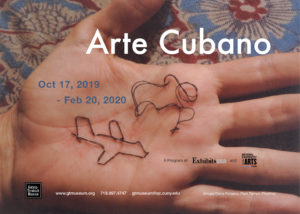
Arte Cubano
October 17, 2019 – February 20, 2020
Arte Cubano highlights a universally agreed-upon characteristic of the island’s art: an incredible diversity. Cuban art is so rich in large part because of its diverse cultural blend of African, European, and Latin/Caribbean influences. This timely exhibition reflects more than twenty-five Cuban artists’ ruminations on the quotidian, social, and political realities of the island and the contemporary world.
The exhibition’s artists include Lidzie Alvisa, José Bedia, Los Carpinteros, Yoan Capote, Enrique Celaya, Roberto Fabelo, Diana Fonseca, Pedro Pablo Oliva, Kcho, Sandra Ramos, Esterio Segura, and more. Spanning several generations, these contemporary Cuban artists come from an unusual place: a country often isolated because of its socialist revolution. The island geography and political intensity of Cuba inform the work in a way that is immediately identifiable, often concealing coded, even subversive, ideas while simultaneously celebrating the richness of Cuba’s cultural identity.
The Godwin-Ternbach Museum is pleased to host this exhibition which has been organized by Mid-America Arts Alliance and co-organized with the Center for Cuban Studies (NYC). Programs in conjunction with the exhibition are open to students and the public.
A Program of ExhibitsUSA, a national division of Mid-American Arts Alliance and the National Endowment for the Arts.
Official Press Release Here.
Hope is the Thing with Feathers: Art of the Natural World
April 11 – July 31, 2019
The exhibition Hope is the Thing with Feathers: Art of the Natural World highlights over 130 objects including works by Durer, van Ruysdael, Millet, Klee, Leger, and Hockney, among others. The exhibition spans a range of cultures, from Ancient Egyptian sculpture and Pre-Columbian textiles and ceramics, to 17th century Dutch landscapes, Japanese ukiyo-e prints, Surrealist paintings, to W.P.A. prints, and landscape photography of the 20th century.
Five works illustrating endangered and vanished birds by John James Audubon create a unique opportunity to open a dialogue about humanity’s role in habitat loss and extinction. The exhibition and public programs form a platform in which to discuss the crisis facing our environment today and for generations to come, and how we must alter our point of view to embrace new global solutions and personal patterns of behavior.
This exhibition was curated by guest curator Louise Weinberg in collaboration with museum co-director Maria Rhor.
From the Desert to the City: The Journey of Late Ancient Textiles
September 13, 2018 – January 17, 2019
The exhibition From the Desert to the City: The Journey of Late Ancient Textiles highlights textiles from Late Antique Egypt placed in multiple contexts—original use in 3rd-7th century, modern archaeological rediscovery and influence in the early 20th century, and contemporary reception and inspiration—all with an effort to connect today’s audiences with our communal ancient past.
This exhibition was curated by Queens College Art History professor Warren Woodfin in collaboration with museum co-directors Elizabeth Hoy and Brita Helgesen.
Animals at the Museum CASA (Cultural After School Adventures)
June 18 – June 23, 2018
Our fifth annual Animals at the Museum exhibition displayed artwork created by students from P.S. 22 (Thomas Jefferson Elementary School, Flushing), P.S. 129 (Patricia Larkin School, College Point) and P.S. 165 (Edith K. Bergtraum School, Flushing) with CASA (Cultural After School Adventures) and the Godwin-Ternbach Museum. The CASA program, provided by the Kupferberg Center for the Arts, Queens College, is made possible through the generosity of New York City Council members Peter Koo, Paul Vallone and Rory Lancman, and is supported in part, by public funds from the New York City Department of Cultural Affairs, in partnership with the City Council.
Queens Selects
April 12 – May 31, 2018
The first exhibition of its kind at the Godwin-Ternbach Museum, Queens Selects showcases objects from the collection chosen by QC faculty and staff. With objects spanning human history, this exhibition connects various individuals from different fields via their artistic preferences. Ranging from Pre-Columbian sculpture to modern prints, these sections from the collection give us insight into the diverse personalities on campus and the art that calls out to them.
Waging Peace: 100 Years of Action
January 29 – March 17, 2018
Waging Peace is an interactive exhibition organized by the American Friends Service Committee. Using provocative stories told by those who have fought against injustice, this exhibition demonstrates the effectiveness of nonviolence to build justice, overcome oppression, and to prevent violence. Through displays of historic artifacts and interactive media visitors explore the main themes of the exhibition: 1) Building Peace, 2) Ending Discrimination, 3) Addressing Prisons, 4) Just Economies, 5) Immigrant Rights and 6) A Call to Action. The GTM will expand on the exhibition themes by including historical posters, photographs and documents from the museum collection and the QC Civil Rights Archives. These materials offer firsthand accounts of the fight for social justice by Queens College students and faculty.
Design Faculty at Queens College
August 28 – December 16, 2017
This exhibition explores the vast creativity of current faculty at Queens College, including Animation, Illustration, Typography, Interaction Design, Communication Design, and Fine Art. The exhibition celebrates the variety and depth of the Design Faculty’s professional and personal creative practice and emphasizes the multifaceted nature of design in our daily experiences. The exhibition explores visual communication through printed and digital design; interactive digital and sculptural installations; seriality and the self; and cross-disciplinary inquiry.
This exhibition featured work by: Elliot Cowan, Andrew DeRosa, Minsun Eo, Dustin Grella, Peter Hamlin, Sam Kalda, Diane Karol, Amelia Marzec, Jesse Moretti, Yisun Rho, Cecelia Ruiz, Alana Salcer, Emily Tenzer Santoro, Liz Sayles, Susan Shaw, Jeremy Sie, Ryan Smith, Ramon Tejada, Kathryn Weinstein, Matthew Thurber, Emily Waters, David Whitcraft, Danne Woo, Daniel Zender
Animals at the Museum: Cultural After School Adventure with P.S. 242
June 17 – 24, 2017
Click here to view the online catalogue
Our fourth annual Animals at the Museum exhibition displayed artwork created by students from PS 242 Leonard P. Stavisky Early Childhood School (Flushing) with CASA (Cultural After School Adventures) and the Godwin-Ternbach Museum. The CASA program, provided by the Kupferberg Center for the Arts, Queens College, is made possible through the generosity of New York City Council member Peter Koo, and is supported in part, by public funds from the New York City Department of Cultural Affairs, in partnership with the City Council.
REWOVEN: Innovative Fiber Art
April 6 – May 26, 2017
REWOVEN: Innovative Fiber Art is an international collaboration between the Taiwanese American Arts Council, New York; the Kaohsiung Museum of Fine Arts, Taiwan; Queensborough Community College Art Gallery, CUNY; and the Godwin-Ternbach Museum at Queens College, CUNY.
At the Godwin-Ternbach Museum, ten artists express creativity and a commitment to environmental issues in a convergence of painted, woven, assembled, and installed artworks. While many pieces incorporate traditional craft, the artists use contemporary strategies to transform natural, industrial, and waste materials into works of wit, whimsy, protest, and beauty that address such issues as the endangered Earth. Each piece displays ingenuity in redefining the practice of fiber art. In pursuit of a radical agenda, these compelling voices reexamine innovation, social justice, and art history in a distinctly Taiwanese context.
The artwork was chosen by the curatorial team of Fangling Tseng (Kaohsiung Museum), Luchia Meihua Lee (Taiwanese American Arts Council), Faustino Quintanilla (QCC Art Gallery), and Amy Winter (GTM). This collaborative project will be on display at three sites: the Godwin-Ternbach Museum; the Queensborough Community College Art Gallery in Queens; and El Museo de Los Sures in Brooklyn, with a total of 24 Taiwanese and New York-based artists. The Godwin-Ternbach Museum is exhibiting work by ten Taiwanese artists: Chen Ching-Lin, Hsu Wei-Hui, Huang Mei-Hui, Teresa Huang, Huang Wen-Ying, Pan Ping-Yu, Wu Pei-Shan, Wu Yun-Feng, Yang Wei-Lin, and Wen-Fu Yu.
CHANCE ENCOUNTERS: Cubism, Dada, and Surrealism
January 30 – March 18, 2017
Chance Encounters: Cubism, Dada and Surrealism, a survey of primarily works on paper from the museum’s collection, showcased 69 pieces by 23 major artists. It began as an Art History course taught by Professor Edward Powers. True to the museum’s mission as a teaching collection, the course granted students direct engagement with the artwork. The students were instrumental in the creation of the exhibition, curating and providing the research and texts.
The exhibition included work in Cubism (with work by Georges Braque and Fernand Léger); Dada (with work by Paul Klee and Hans Arp); and Surrealism (with work by André Masson and René Magritte). A high point was Histoire Naturelle, 1926, a portfolio by Max Ernst, a key member of the Dada and Surrealist movements. The 34 prints in this portfolio were created with the innovative technique of frottage, or rubbing, by which Ernst transformed ordinary textures into fantastic creatures and landscapes with care and attention to detail that recall scientific drawings.
QUEENS COLLECTS: 60 Years at the GTM
October 22 – December 17, 2016
Selections from the best of the over 6,000 works in the collection will celebrate the GTM’s anniversary by revisiting the creation of the collection, exploring the museum founders, featuring donations from the past decade, and examining art collecting today. Highlights include a triptych sculpture by Louise Nevelson, Indonesian Ikat textiles, and 5th century ceramics from Nazca, Peru, among other treasures. To encourage a greater understanding of the process of art collection, ease accessibility to the arts and examine the role of a college art museum, we will provide curator-led tours and discussions on art collecting as an individual, as a museum and as an artist.
RICHARD HENNESSY: Free Hand Free Spirit
September 8 – October 1, 2016
This exhibition presents the unfettered joy of creation captured in Hennessy’s vivid, abstract paintings spanning 30 years of his career. The exhibition also serves as a memorial to longtime collaborator and theater genius, Charles Ludlam, who died from AIDS in 1987. A native of upstate New York, Hennessy was educated at Columbia and the Institute of Fine Art, NYU, and his work is held in major collections across the country including the Guggenheim Museum, and the San Francisco MoMA.

Animals at the Museum CASA (Cultural After School Adventures) with P.S. 84 Steinway School and P.S. 242 Leonard P. Stavisky Early Childhood School
June 18 – June 25, 2016
The third annual Animals at the Museum exhibition will display artwork created by students from PS 84 Steinway School (Astoria) and PS 242 Leonard P. Stavisky Early Childhood School (Flushing) with CASA (Cultural After School Adventures) and the Godwin-Ternbach Museum. The CASA program, provided by the Kupferberg Center for the Arts, Queens College, is made possible through the generosity of New York City Council members Costa Constantinides and Peter Koo, and is supported in part, by public funds from the New York City Department of Cultural Affairs, in partnership with the City Council.
MARK PODWAL: The Terezin Portfolio
April 4 – June 4, 2016
This handsome portfolio of prints, created by alumnus Mark Podwal from a series of original paintings and drawings, was originally exhibited at the Terezin Ghetto Museum in the Czech Republic in 2014, is on view for the first time in New York. Disturbing reminders of how Europe’s extensive history of anti-Semitism laid the groundwork for the Holocaust, each print contains an image of an instance of the tragedies and injustices experienced by Jewish communities throughout history, related to verses from the Book of Psalms. Each sheet is folded to resemble the page of a book, directly referencing the term “People of the Book” used to characterize the Jewish people and the Torah. Accompanying Podwal’s portfolio will be images from bibles, illustrated books, letters and documents from the Inquisition, European Diaspora, Holocaust, and other historic eras, from the collections of the Jewish Theological Seminary Library and the Godwin-Ternbach Museum.
FIVE CONTINENTS, ONE BOROUGH: Art Treasures from the Homelands of Queens
Selections from the Godwin-Ternbach Museum, Queens College, CUNY
A special exhibition at the Citi DeFord Gallery, Long Island City, NY
September 28, 2015 – February 19, 2016
An exhibition of 33 of the museum’s most striking artworks from all the corners of the world that Queens residents have called their homes. These include objects ranging from pre-Columbian textiles to contemporary Chinese painting to Christian, Muslim, and Buddhist objects. The research, writing, and design of the exhibition were undertaken by Queens College students in the Museum Studies class taught by Professor James M. Saslow in the Spring of 2015.
The exhibition, organized in five thematic sections corresponding to the history of immigration from the principal geographic regions of our collective origins: Europe: The First Arrivals; Iberia & Latin America: The Spanish Diaspora; Western Asia: Birthplace of Monotheism; South and East Asia and the Asian Diaspora; and Africa and the African Diaspora. Although these broad categories help to understand history, the exhibition is careful to point out that ideas about national or ethnic identity are more complex and fluid, raising questions of key importance to our globalizing world: the relationship between where we come from and who we are now; the effects on people and on art of increasing travel and electronic communications; and the many possibilities of cross-cultural encounter, from appreciation to conflict, from assimilation to hybridization.
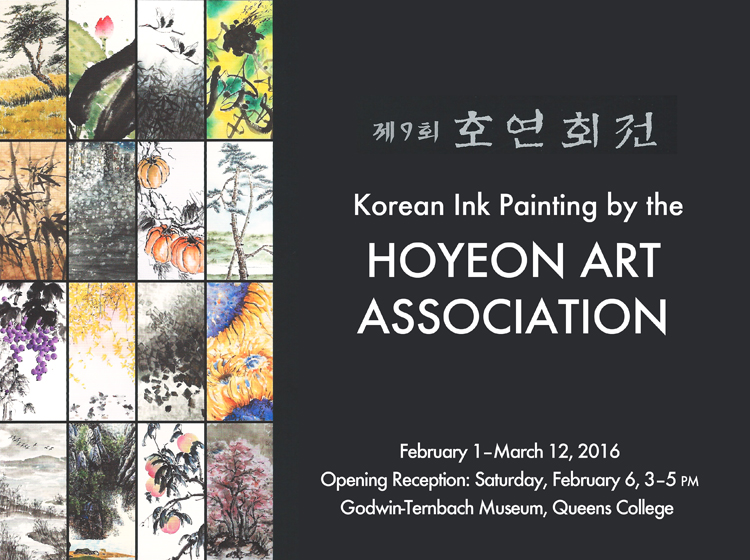
The 9th Hoyeon Art Group Exhibition and Hoyeon Kim Joo Sang Retrospective Exhibition
February 1 – March 12, 2016
Paintings in a variety of themes and styles, from monochrome calligraphy to colorful representations of flowers, fauna, figures and landscape display the artistic talent of the Hoyeon Art Association (HAANY), a Queens group named for its leader, Kim Joo Sang (professionally known as Hoyeon). In 1974, Hoyeon began teaching brush and ink painting to immigrant Koreans, helping them to reinforce cultural identity and find comfort in their adopted home by practicing their traditional art. By 1994, HAANY had blossomed into the premier association of New York-based Korean artists, including many who have won awards in national Korean art shows. HAANY actively introduces Korean Art to Americans through teaching, exhibitions, and events to foster intercultural appreciation and exchange.
Along the Silk Roads: Lynn Gilbert and Didier Vanderperre
October 15 – December 15, 2015
Large-format color and black-and-white photographs by two master photographers will act as touchstones for audiences to experience and appreciate the complex mixture of ancient and modern realities of the Silk Roads, which linked the civilizations and cultures of China, Central Asia, West Asia, and Europe for much of pre-modern history, beginning around 100 BC.
Gilbert’s serene, intimate images of people and domestic interiors are in striking contrast to Vanderperre’s visually dynamic “street photography” of the bustling, sometimes volatile region of Xinjiang, a terminus of the Silk Road, whose borders on Russia, Mongolia, Kazakhstan, Kyrgyzstan, Tajikistan, Afghanistan, Pakistan, India and Tibet account for its extraordinary diversity and have made it an important crossroads throughout history.
GERTRUD PARKER: Watercolors and Prints
September 8 – September 27, 2015
Click here to view the online catalogue
On display for the first time in New York, the work of Gertrud Parker, a San Francisco Bay Area artist and sculptor whose significance and visibility have grown dramatically since her early career. Parker is an active nonagenarian who has defied many of the conventions and expectations for women of her generation. Best known for her sculptures of “gutskin” stretched over welded frames, she first studied with legendary figures of the fiber art movement–Lillian Elliot, Pat Hickman, Yoshika Wada, and Kay Sekimachi–at its height in the early 1970s, when Bay Area artists were merging traditional craft and scholarship with art. Parker’s talents also extend into the realms of painting, printmaking, mixed media and installation art. This exhibition, organized to honor her achievements of a lifetime, for the first time displays her watercolors and prints in a one-person exhibition. A prominent feature of all her work is a delicate balance between whimsy and gravity, showing a paradoxical lightness of touch and meaning, juxtaposed by an equal dose of what one critic has noted are “her insightful explorations of the darker themes of human existence… .” These qualities persist in the recent works on paper, demonstrating a consistency of theme and focus over a period of almost 40 years of artistic practice. It is as if her palette has extracted the translucent light and color of the sculptural works and transposed it to paper, to the delight of the viewer.
A full color print catalogue of the exhibition with essays about the artist is available at the museum and online here.
Year of South Africa
September, 2014 – August, 2015
On display in the Lobby Gallery were highlights of African art from the Godwin-Ternbach Museum’s permanent collection. The selection of artwork focused primarily on ritual objects and masks, but also included examples of textiles and currency. Throughout history, objects have served as symbols of spiritual and material power. The masks on display are all associated with strong religious and spiritual beliefs that influence the way a community responds to them. The functions of masks are as complex and varied as their forms. Along side the African objects is a display of anti-apartheid posters, pins, and documents that aims to provide some sense of the political struggle against the violent system of racial segregation that was in place in South Africa for much of the 20th century. The documents and reproductions are examples of the visual material that was used all over the world in the decades long protest of the treatment of black South Africans. We hope that these pieces of history provide some insight into the protest movement and afford some space for reflection on the power and value of mass-movements in a time when injustice and racism are apparent in our own country.
Image: Published in 1981 by Liberation Support Movement with support from the United Nations Centre Against Apartheid. Design/Artwork by Rupert Garcia
PERSUASIVE IMAGES: Architecture of the 1939–40 & 1964–65 New York World’s Fairs
July 8 – August 8, 2015
The World’s Fairs of 1939–40 and 1964–65 presented architecture in a variety of modern and postmodern styles. Over 100 photographs, selected from an array of local, national, and international archives, depicted rarely seen images of the architecture of both these World’s Fairs. As we look back on the 20th century, this show contextualizes and provides new insights into the significance, power, and cultural phenomena of world expositions.
Visitors were invited to give an oral history account of their memories of New York World’s Fairs. These histories were collected in partnership with Queens Memory Project (queensmemory.org).
Masters of American Photography and Photographs from the Matthew R. Bergey Collection
April 13 – June 6, 2015
Iconic and vintage American and European photographs from the 19th and 20th centuries on view at the Godwin-Ternbach Museum at Queens College offer an exciting survey of photography from its beginnings to the end of the 20th century. Included are sixty examples ranging from early techniques like salt, albumen, collotype and gum bichromate prints made from glass or paper negatives by pioneers like Fenton, Atget, Cameron, and Muybridge, to gelatin silver prints by modern photographers working in Pictorial, Straight, Documentary and Art styles. There are celebrated works by Stieglitz, Weston, Lange, Evans, Cartier-Bresson, Adams, and Bourke-White, and Hockney; and stunning works by less well-known virtuosos of the Czech, French, Italian and American schools. An encapsulated history of fashion photography in prints by Huene, Horst, Lynes, and Avedon is also on display.
YEAR OF SOUTH AFRICA: The Collection of Violet and Les Payne
NEXT GENERATION: Emerging Photographers from South Africa
February 5 – March 26, 2015
Click here to view the online catalogue
The Payne collection is focused on works on paper and paintings by artists from the black township of Soweto, Johannesburg collected by Les Payne, a Pulitzer Prize winning journalist. Les Payne was reporting during the 1976 Soweto Uprising and returned to South Africa in 1985 to report on the changes that had taken place during the intervening years. It was during these trips that he collected artwork from Soweto artists. The artists created works that captured everyday life as well as a sense of hope despite the immense turmoil that surrounded them. Artists in the collection include Velaphi Mzimba, Hargreaves Ntukwana, David Mbele, Winston Saoli, and Percy Konqobe, many of whom have gone on to be internationally recognized.
Through a partnership with the Roger Ballen Foundation of Johannesburg, an organization dedicated to the advancement of education of photography in South Africa. On display in the mezzanine gallery, photographs by emerging South African artists, Musa Nxumalo, Sanele Moya and Sipho Mpongo, who have come of age since the abolition of apartheid and the first democratic election in 1994. Artwork by this younger generation of artists reflects both the momentous shift to democracy twenty years ago as well as the end of an era with the death of Nelson Mandela in December 2013.
The exhibition highlights the political and social shifts that have taken place since the Soweto Uprising in 1976 up through the death of Nelson Mandela. So much of what we know of South Africa is filtered through the often sensational news media. By looking at South Africa’s history through the lens of artwork, the audience is able to see the course of history through the eyes of the participants—artists involved in the anti-apartheid movement in the 1980s and young artists who will help shape the future of South Africa.
Highlights of the Daghlian Collection of Chinese Art
November 19, 2014 – January 10, 2015
The Daghlian Collection of Chinese Art comprises over 1,600 pieces of art and spans 5,000 years of Chinese history. Donated to Queens College, CUNY, in 2012 by private collector William Daghlian, this comprehensive, didactic collection will be used to illustrate Chinese art and art history, as well as Chinese history, culture, anthropology, religion, philosophy and language.
This exhibition will focus on 60, primarily ceramic, objects from The Daghlian Collection. Also on display will be pieces by Queens College ceramics students, alumni, and faculty who have studied The Daghlian Collection and created their own artwork in response.
According to Distinguished Professor of History Morris Rossabi: “The arts of China yield vivid and appealing insights about its economy, politics, religions, society, history, and culture, and offer a remarkable guide to the development of Chinese civilization. Visitors can scarcely gain a better introduction to Chinese culture than by examining its works of art.”
Images of the 60 exhibition objects as well as essays on The Daghlian Collection of Chinese Art can be seen at daghlian.qc.cuny.edu.
Andy Warhol’s Photo-Aesthetic and Beyond
September 11 – November 1, 2014
Exploring Warhol’s use of photo silkscreen, Polaroid photographs, silver gelatin prints, and black and white print media, this exhibition will examine Warhol’s “photo-aesthetic,” a hallmark of Pop Art. “By presenting images in different media side by side, the exhibition will allow viewers to move back and forth between moments of Warhol’s art, work and life—inseperable parts of a fascinating whole,” says Amy Winter, Godwin-Ternback Museum Director.
This exhibition will highlight recent gifts from the Andy Warhol Foundation. The recently donated color silkscreens include portraits of the iconic American figures Muhammad Ali and Sitting Bull; “portraits” of two famous monuments, the Brooklyn Bridge and Cologne Cathedral; and Ladies and Gentleman, an image from a series of portraits of New York City drag queens created by Warhol in 1975. These prints were made following Warhol’s usual formula: a Polaroid portrait of the sitter or image was silkscreened onto paper or canvas and then embellished with silkscreen ink in a bright array of nearly psychedelic colors. The foundation’s gift enhances the Godwin-Ternbach’s already sizable collection of Warhol art, which includes the Campbell’s Soup and Electric Chair suites of photo-silkscreen prints.
Appropriating the means and content of mass media, including celebrities, comic books, and advertising, Warhol utilized photomechanical reproduction methods, emphasizing the replica vs. the original work of art, often in a mock-serious or ironic tone.
Image: Cowboy’s and Indians: Sitting Bull, 1986, Extra out of the edition, designated for research and educational purposes only, Gift of the Andy Warhol Foundation For the Visual Arts
ABDIAS NASCIMENTO: Artist, Activist, Author
April 28 – June 21, 2014
Click here to download the full exhibition catalogue
This exhibition, organized by John Collins, Director of the Program in Latin American and Latino Studies and the GTM in collaboration with IPEAFRO (Instituto de Pesquisas e Estudos Afro-Brasileiros, Afro-Brazilian Studies and Research Institute, Rio de Janeiro, Brazil), displays forty artworks by Abdias Nascimento (1914-2011), who was a critical political and artistic figure in Brazil and the African Diaspora, an activist and founding force in Brazil’s black movement, as well as an author, playwright, senator, and artist.
Nascimento’s works have been featured throughout the U.S. and Brazil: at the Studio Museum in Harlem, the Gallery of African Art, Washington DC, and the Ministry of Culture in Rio de Janeiro, as well as in Paris and Lagos. This exhibition features more than two-dozen of his artworks focused on the theme of “orixás”—deities in the Afro-Brazilian possession and trance-based religion known as Candomblé. Orixás are mediators between heaven and earth, humans and the gods. Nascimento’s paintings will bring together and encourage dialogue between diverse communities in New York and Brazil: Candomblé is a “sister” religion to Santería as practiced in the Hispanophone Caribbean (Cuba, Puerto Rico, and the Dominican Republic, et al.) and to Haitian Vodou. Both Santería and Vodou are practiced widely in NYC and Nascimento’s artworks will initiate a broader diasporic conversation about the Americas, Africa, and Queens’ historic and contemporary position as a global crossroads.
Sponsored by the Queens College Year of Brazil, the New York City Department of Cultural Affairs, the New York Council for the Humanities, Transart Foundation, and the Friends of the Godwin-Ternbach Museum.

Animals at the Museum CASA (Cultural After School Adventures) with P.S. 242 Leonard P. Stavisky Early Childhood School
April 9 – April 12, 2014
Click here to download the full exhibition catalogue
Animals at the Museum was an exhibition of artwork created during an 11-week class at PS 242 Leondard P. Stavisky Early Childhood School with CASA (Cultural Afterschool Adventures) and the Godwin-Ternbach Museum. The class provided an introduction to art history and art making to the second graders at PS 242. When possible, art objects from the Godwin-Ternbach Museum were brought to the school for the students to examine firsthand. By looking at representations of animals in different styles of art, students were introduced to art history—art across time and from cultures all over the world. The students learned that all cultures make art but the materials they use and the types of art created are as different as the people themselves. The classes addressed questions about art: What is art? Who is an artist? How and why is art created?
The lessons exposed students to printmaking, painting, drawing, and sculpture in addition to technical skills such as perspective and color theory. But most importantly, the lessons gave the students an opportunity to engage in open-ended creativity and experimentation. The 2nd grade students came up with exciting solutions to problems they faced and creative additions to their projects. While the students may not remember the names of the artists and cultures they studied, this class has the potential to serve as the beginning of a lifetime of excitement for the diversity of art and art making.
The Cultural Afterschool Adventures (CASA) program, provided by the Kupferberg Center for the Arts, Queens College, is made possible through the generosity of New York City Council Member Peter Koo, and is supported in part, by public funds from the New York City Department of Cultural Affairs, in partnership with the City Council.
Queens College Art Faculty
February 13 – March 29, 2014
Click here to download the full exhibition catalogue
Curated by Amy Winter, GTM Director, this exhibition showcased artworks by members of the Queens College Art Department which demonstrate the diversity and talent of twenty artists working in the media of painting, sculpture, photography, ceramics, installation, and conceptual art. Among the faculty are many internationally acclaimed individuals whose works are as diverse as the practices and styles of the artists themselves. Covering a wide range of themes from provocative, amusing, and personal to politically-engaged and technically experimental, the Godwin-Ternbach Museum is proud to present these ambitious and provocative works.
Judith BERNSTEIN, Arthur COHEN, Nancy COHEN, Maureen CONNOR, Susan Spencer CROWE, Christopher DARLING, Laura DODSON, Glenn GOLDBERG, Tony GONZALEZ, Matt GRECO, Sinying HO, Diane KAROL, James LEE, Deborah MESA-PELLY, Nathaniel LIEB, Tommy MINTZ, Tyrone MITCHELL, Matt NOLEN, Debra PRIESTLY, Gregory SHOLETTE, Suzy SURECK
ART OF INK IN AMERICA 2013/2014: Gesture and Beyond
November 21 – December 30, 2013
This exhibition featured new works by Art of Ink in America Society (AIAS) members and represented the group’s return to New York after their previous 2011/2012 exhibition in Manhasset, NY and Chiang Mai, Thailand. Approximately 50 pieces by 32 members and five invited artists were on view.
New York was one of the first cities where modern, abstract calligraphy took root, inspired by a major retrospective of Abstract Expressionism in the 1990s. Up to that point, there was little appreciation of its development, with the focus remaining on traditional Asian calligraphy. At that time a Japanese gallery owner commented, “It is a surprise and a brave achievement that this kind of new calligraphy is being shown in Manhattan.” Since then, with piqued interest in abstract calligraphy, it is particularly meaningful that Gesture and Beyond returns to New York, where contemporary calligraphy first received recognition. Abstract calligraphy has flowered all over the world, and Gesture and Beyond shows why.
The exhibition included work that encompasses traditional, abstract, and avant-garde pieces, demonstrating the many different forms and innovative techniques available to contemporary ink painters. Since its founding over fifteen years ago, the Society has exhibited in East Asia, Europe, and North America and has grown to include artists from China, France, Italy, Japan, Korea, Romania, Switzerland, Taiwan, and the United States.
ARAM’S HANGUEL CALLIGRAPHY:
Masterworks of Traditional and Contemporary Korean Calligraphy
On view in the upper gallery were Masterworks of Hangeul Script by Aram, pen-name of the Art of Ink in America Society’s president, Dr. Yoo Sung Lee. Hangeul was invented in 15th-century Korea by King Sejong and court scholars during the Joseon Dynasty. This exhibition showed a variety of hangeul styles as well as contemporary re-interpretations and adaptations. Different styles include the woodblock printing style, the transcript style, the palace style (which includes the formal or regular style, and the cursive or grass tyle), and the commoner style.
BIALA: Vision and Memory
September 12 – October 26, 2013
Janice Biala (1903-2000) was well known for her charming interiors, still-lifes, and landscapes. Her distinctive canvases are informed by her fascinating life in Paris with celebrated author Ford Madox Ford and her friendships with members of the New York School. Biala witnessed the eclipse of Paris as the international center of modernism, the rise of Abstract Expressionism, and the dizzying succession of movements that radically transformed the very concept of art during the second half of the 20th century. Through it all, she continued to paint exquisitely crafted canvases in a personal style that, even now, resist classification.
This exhibition is the first comprehensive survey of the artist’s career, featuring 50 paintings, collages, and drawings from public and private collections and the Estate of Biala, and two paintings from the Godwin-Ternbach Museum’s permanent collection. It will also include books by Ford Madox Ford for which Biala provided illustrations, as well as personal photographs, and exhibition catalogues and announcements that document her social and artistic circles in New York and Paris. The continuous screening of a documentary and interview by Judith Wechsler, filmed in her studio in 1995, and a fully illustrated catalogue, accompany the exhibition. Biala: Vision and Memory serves as a captivating introduction to the artist’s life and art.
Curated by Diane Kelder, Professor Emerita, Art History, The Graduate Center, CUNY
PALAEMON: A Survey of Paintings by Jon Imber
May 1 – June 14, 2013
Click here to download the full exhibition catalogue
This display of over 40 paintings by Jon Imber celebrates 35 years of discovery and experimentation in painting, moving from figuration through landscape to abstraction. With his judicious application of paint, using the processes of layering and blending, as well as scraping away, Imber achieves images alive with glowing richness. Imber’s work references not only the Abstract Expressionists of the last century but also artists of the Venetian School in the 16th century, with their mastery of light and color. The artist’s influences range broadly from Cezanne and Van Gogh to the frescoes at Pompeii, from medieval cathedral sculpture to Matisse and Beckman. Like the Venetians and the Impressionists, Imber believes in color over design. His influences reflect the tensions he plays with in his own work: personal vision versus the material of paint, content versus form.
In 2012, Imber was diagnosed with ALS, a neurodegenerative disorder. As he lost the use of his right hand and arm, Imber persevered and trained himself to paint with his left hand. The most recent paintings on exhibit were made in this manner. Now the progression of the disease is such that Imber’s left hand is beginning to fail. In some of the newest work, Imber has returned to painting portraits, examining mortality, and legacy through images of relationships between father, son, and mentor.
Curated by Elizabeth Hoy. An essay by poet and essayist, William Corbett, accompanies the catalogue
Reforming the Image in Northern Europe in the Dutch Golden Age
February 4 – April 27, 2013
Click here to download the full exhibition catalogue
This exhibition, curated by eleven Dutch art history seminar students and professor Christopher Atkins, includes paintings, prints, sculpture and historical artifacts from the 16th-18th century Netherlands, Germany, England, France and colonial Queens.
It shows how art pictured new attitudes about man and the natural world and reflected a rise in democracy and the middle classes. In sites impacted by the Protestant Reformation, religious, social, and scientific revolutions engendered a flowering of secular subject matter and naturalistic aesthetics that gave birth to modern art genres.
This exhibition examines how artworks provide a glimpse of history and evidence of the values and structure of societies, focusing on Dutch art and culture, well represented in the GTM. Themes addressed include: the emergence of capitalism, the market, the individual and the development of taste, looking at newly embraced subjects such as landscape, portraiture, still life, and genre scenes, in contrast to religious and dynastic subjects of the pre-modern era.
Curators: Anthony Biondolillo, Jenna Caputo, Lu Meng Chu, Lisa Finger, Hana Isoda, Thea Lanzisero, Nakyoung Lee, Kyrstin McCabe, Stacey Scheider, Heather Simon, Kaitlyn Tucek
POSTERS AS HISTORY: Teaching with Primary Sources
November 12 – December 21, 2012
The exhibition displays over 30 Vietnam War protest posters from the museum’s permanent collection as well as photographs and archival materials from the Queens College Archives. It demonstrates how art can be used as a dynamic device to teach and bring history and politics to life for students and public audiences alike.
Bold design and strong messages make posters an ideal medium for examining aesthetic, social, political, and philosophical perspectives. Posters document the many voices, organizations, and moods of this revolutionary and turbulent period in American history. Organized by museum director and curator Amy Winter, QC Secondary Education professor Michael Krasner (Political Science) and Jack Zevin (Secondary Education), and Townsend Harris High School (THHS) Assistant Principal Susan Getting, the exhibition was curated by 300 THHS honors students, who researched and wrote didactic and creative texts about the posters. Photographs and printed materials from the college archives, donated by alumni active in student organizations, rallies, and other activities on and off campus during the 1960s and 70s, accompany the posters.
The project began with a grant awarded by the Library of Congress to the Taft Institute for Government at Queens College, to teach history and political science using the posters as primary sources. GTM, QC, and THHS educators led student teams in the choice and interpretation of posters, using supplementary primary sources like historical and popular materials from the museum and Library of Congress online collections to augment the installation. These materials and the posters have been digitized to develop a website with curricula for student and teacher use, and a CD for local and national distribution. Alumni and audience interviews about the era will also be included on the website/CD.
H.A. SIGG The Legacy: A Retrospective
September 10 – October 26, 2012
The H.A. Sigg online exhibition catalogue with curator’s essay is available at HASigg.com/gtm
H.A. Sigg’s elegant abstract paintings engage in a mysterious and mystical dialogue between the forces of nature and his inner meditations. The artist’s invention and repetition of bold, singular forms, set upon layered panels and fields of color, recede into the depths of an otherworld. Color and light are key elements in these works, creating a feeling of transcendent space and a rhythmic interplay of forms. A strong awareness of the artist’s hand in brushwork and gesture places him firmly within the traditions of Abstract Expressionism and European post-war abstraction, recalling but powerfully revising those practices, to fuse Asian and Western traditions.
INTERWOVEN WORLDS: Exploring Domestic and Nomadic Life in Turkey
March 9 – April 29, 2012
Click here to download the full exhibition catalogue
Interwoven Worlds: Exploring Domestic and Nomadic Life in Turkey, a special exhibition organized by the Godwin-Ternbach Museum on view at Flushing Town Hall (www.flushingtownhall.org), highlights textiles from the museum’s permanent collection alongside an array of objects within the simulated dwellings of an Ottoman-style interior and a nomadic tent. Outstanding examples of material culture, textiles encode the identities of makers and users, whether local, idiosyncratic and personal or part of larger enduring traditions of the collective conscious or unconscious. Textiles, and particularly carpets, for which the Turks are famous, are the most important type of home furnishing and one of the primary forms of artistic expression in the larger Turkic world. Various categories of textiles include hand-woven carpets, kilims (flat tapestry-woven rugs), cicims (embroidered flat-weave rugs), and yataks (flat-woven bed coverings), as well as woven and embroidered accessories like pouches, saddlebags, pillow covers, bedding and hangings for nomadic travel and tents and for settled life.
The exhibition presents materials from the perspective of the “historic present”—through time and across space—to illustrate two overarching themes in Turkish cultural history which operate in harmonic tension with one another: the depth of tradition and history in the region, and the diversity of cultural influence and interconnection with neighbors. Ancient ceramics, glass, and metalwork, complementing the textiles, will represent early expressions of styles and motifs that continue today, and show some of Turkish culture’s Central Asian roots and links.
Visitors walk inside the dwellings to experience how such living quarters would look and be arranged. These environments will be complemented by photographs, video projection and sound recordings as well as interpretive texts that will examine the technologies, symbolism, and historical significance of the materials.
MANSHENG WANG: Art and Artlessness
February 15 – May 27, 2011
This retrospective of over 70 works, organized in conjunction with Queens College’s “Year of China,” reveals the inspiration for Mansheng Wang’s serene, contemplative creations in relation to centuries-old Chinese art, which Wang interprets in a modern idiom. The exhibit includes landscapes, botanical studies, iconic Buddhist imagery, and calligraphy, as well as Wang’s ink and color works on paper and canvas. Art and Artlessness explores the ways in which Buddhism and Chinese tradition have influenced Wang’s form and content, and shows how he transforms classical subjects and conventions into personal interpretations that intersect with Western culture.
WINDOWS AND MIRRORS: Reflections on the War in Afghanistan
December 9, 2010 – January 30, 2011
Windows and Mirrors: Reflections on the War in Afghanistan, a traveling exhibition coming to the Godwin-Ternbach Museum for the second stop on its cross-country tour. The show features fifty 4’ x 6’ panels on parachute fabric made by an international group of artists, including participants from Queens College. The exhibition also introduces childrens’ images collected by Dr. Zahir Wahab, a professor of education at Lewis and Clark College who visited Afghanistan and asked high school students to draw images from their daily reality.
Click here to download the activity guide
Marlene Tseng Yu: NATURE AND COSMOS
September 13 – November 24, 2010
Organized in conjunction with Queens College’s “Year of China,” this 40-year retrospective of brilliantly colored paintings and murals by internationally recognized Taiwanese-born artist Marlene Tseng Yu displays the power of nature and the artist’s visionary fusion of traditional Eastern and modern Western form and content. Recent retrospectives in Beijing and Shanghai, and major exhibitions in Prague, Taipei and New York, have put her on the map as a contemporary artist of no-little-significance. To date, she has had 63 solo exhibitions in the United States, Europe, and the Far East, which have been reviewed in nine languages in over 170 publications. Her works are included in more than 1000 public and private collections.
From 1969 to 2007, Tseng Yu lived and worked in SoHo; in 2008, she opened a studio in Long Island City. Her rigorous training in classical Chinese art, followed by study and teaching in Colorado in the 1960s, gave her the masterful skill that brought her early recognition. Acclaimed for their calligraphy and free brushwork, her 12 x 36-foot canvases have drawn comparisons with the monumental works of Jackson Pollock and his colleagues, who sought to envisage the sublime. Tseng Yu has achieved this, and her life-long concern with the paradoxical fragility of the environment has led her and her husband, James, to found the Rainforest Art Foundation, to support and exhibit like-minded artists, poets, and writers.
Paintings on paper and canvas selected from the many series of her long and prolific career show the artist’s development from figuration in the “Dream” series to abstraction in the “Forces of Nature” series, culminating in the colossal murals for which she is renowned. Nature and Cosmos is a primary, ongoing theme that reveals Tseng Yu’s inspiration in the forms and energies of natural and cosmic phenomena. Overwhelming in their radiance and outsize proportions, these works mirror the staggering beauty and power of nature—abstractly capturing its intensity and diversity, from cascading avalanches to melting glaciers; from the intimate structure of cellular systems to crystals of minerals and ice.
CHIN CHIH YANG: My New Job
October 25 – October 27, 2010
A darkly comic installation and performance piece, multimedia artist Chin Chih Yang, works to assemble materials for this Queens college campus-wide installation and performance piece. Wearing a full dress suit, portraying an unemployed individual doing the only paid work available to him in the current recession: collecting beverage cans for redemption. Simulating the behavior of this “professional,” Yang explores the ambiguous status of his character, and others like him. By helping to reduce waste, he is a good citizen, maybe even a hero, but in an ironic twist he is also a lowly scavenger, struggling to save himself rather than the planet.
CHEE WANG NG: September 11 Memorial Installation
September 4 – September 15, 2010
The September 11 tragedy brought out massive expressions of grief at all levels of society—from silent private cries to huge public vigils. Chee Wang Ng’s moving installation is his response to 9/11. It fuses the symbolism, objects and music of Chinese and American culture to express the grief and solidarity of Americans and the global community and commemorate the event, one year before its 10th anniversary.
To mourn the nation’s loss of lives and innocence, he transformed the seven red stripes of the U.S. flag into seven red bleeding lines—the blood of victims—which wrap around a 10-inch-diameter bowl filled with rice, an iconic Chinese symbol. Food for the living, a bowl of rice is also a sacrificial offering to the dead. Two wide chopsticks at the bowl’s center bear a ghostly resemblance to the Twin Towers.
Ng’s installation is part of a three-part installation in red, white and blue concurrently on view at the Aljira Contemporary Art Center in Newark, NJ, and the Museum of Chinese in America (MOCA) in Lower Manhattan in their new space designed by Maya Lin, who designed the Vietnam War Memorial in Washington, D.C. A preface to Chinatown POV: Reflections on September 11th, an exhibition opening at MOCA in Fall 2010, the installation is part of a group of first-person accounts, photographs and mixed-media installations collected by MOCA, representing voices from a neighborhood just ten blocks away from Ground Zero that shared their thoughts on life in the “frozen zone.” Queens College’s installation is red, while the others are white and blue.
DALí TODAY: A Cultural Event
Dalí Dance and Beyond: An exhibition
April 12 – June 12, 2010
A multimedia cultural event, including:
Dalí Dance and Beyond – an exhibition of never-before-displayed photographs, films, objects documenting Dali’s collaboration with Léonide Massine, Georges Balanchine and Maurice Béjart in Bacchanale (1939), Mad Tristan (1944) and Gala (1961).
Dalí Today – an international symposium on Dalí’s significance for contemporary art.
Eorasonnée – a contemporary choreography. Virginie Souquet created Eorasonnée in the spirit of Dalí’s work and dances this solo neo-surrealist ballet, as she says, “at the border of madness without restraint.”
SCHOLARS, EXPLORERS, PRIESTS: How the Renaissance Gave Us the Modern World
February 2 – March 27, 2010
The achievements of Renaissance Europe ushered in key aspects of the modern world. Over seventy objects from the GTM collection explore three currents that live on in Western tradition: tension between religious authority and challenges to traditional faith; revival of classical mythology and history; and an empirical spirit that led to greater realism and the rise of new artistic subjects, including portraiture, landscape, genre scenes, and scientific illustration.
FITZ MAURICE: COMMON GROUND
Before, During, After—The Fall of the Berlin Wall
November 2 – December 19, 2009
Common Ground is an exhibition of paintings, drawings, and prints by Fitz Maurice, the internationally acclaimed American artist and winner of the Jackson Pollock-Lee Krasner Award. This year, 2009, celebrates the 20th Anniversary of the Fall of the Berlin Wall and Reunification of Germany. In 1990, the German Parliament chose to exhibit Berlin: Metamorphosis as the artistic rendition of the Fall of the Berlin Wall and German reunification. Berlin: Metamorphosis, now retitled Common Ground, captures history in the making with expressive paintings that reveal this momentous historic event and promote Universal Tolerance.
NATURAL AND SUPERNATURAL: Andean Textiles and Material Culture
September 8 – October 24, 2009
Hand-woven textiles complemented by featherwork, metalwork, wood and ceramic objects represent the major form of art, communication and history of Andean civilization from the early Chavín and Paracas cultures (ca. 1500 BCE – 0 CE), to the culminating Inca Empire (1400-1534 CE), one of the most advanced civilizations in world history. Weaving patterns and colors, which define cultural identity and beliefs, express themes of ritual and the natural world, fertility, life and death, and the sacred and the mundane. Selected modern ethnographic textiles illustrate the persistence of traditional craftsmanship and religious and cultural symbolism in the work of contemporary Andean peoples.
WORKING THROUGH THE GREAT DEPRESSION:
Prints from the New York Regional Graphics Division of the Works Progress Administration, Federal Art Project in the Godwin-Ternbach Museum Collection
February 9 – June 9, 2009
Click here for the online catalogue
Over 75 prints from the museum’s collection show the talent and diversity of artists supported by the WPA in the 1930s. Images of New Yorkers at work and play, at the automat and on the rooftops and sidewalks of New York, are exhibited alongside views of the Queensboro Bridge, the 1939 World’s Fair, Greenwich Village, and Coney Island.
Artists were critical to the representation of New York and the populist ideals of the Progressive era. But side by side with these buoyant images of are those of economic hardship and deprivation, the inevitable consequences of the Great Depression.
Exhibition support has been generously provided by the New York City Department of Cultural Affairs, the Queens College Office of the President, and the Friends of the Godwin-Ternbach Museum. The lecture series is funded by the New York Council for the Humanities, a state affiliate of the National Endowment for the Humanities.
POWER TO THE PEACEFUL: Peace Quilts from Around the World
December 15, 2008 – January 15, 2009
Beautiful handcrafted quilts promoting the theme of world peace, augmented by photographs and videos documenting their creation, were assembled by QC professor Rikki Asher. The display includes works by teachers and students of India’s Pardada Pardadi Education Society, dedicated to the empowerment of rural village girls; Faith Ringgold’s “Peace Story Quilts” based on reaction of children to 9/11; quilts from upstate New York’s Omega Institute for Holistic Studies and Eleanor Roosevelt Community Center for Girls; and quilts by QC Art Education students.
Meditation in Contemporary Chinese Landscape
October 15 – December 6, 2008
“Meditation in Chinese Landscape” features the work of 12 artists from Taiwan, China, Malaysia, and the US, working in a variety of media including painting, photography, installation, digital art, and video art, to capture the spirit of the Chinese landscape in a contemporary context, using modern visual language and idioms to express their ideas.
BEGGARS AND CHOOSERS: Motherhood is NOT a Class Privilege in America
August 25 – September 27, 2008
This exhibition of 56 stunning prints by leading documentary photographers addresses current public policies on education, health care, housing, and incarceration sustain poverty in the U.S. By displaying photographs of women who occupy “reviled categories” – women too young, too poor, too gay, too disabled, too foreign, to be “legitimate mothers” – these images show women being mothers, with strength, dignity and determination, to stimulate new thinking about motherhood, public policy, media, and politics. The exhibition is accompanied by two photo-based books and “voice-text” panels with statements by the photographed subjects.
Crossing the Blvd
February 4 – June 28, 2008
This ground-breaking multimedia exhibition documents the lives of recent immigrants — those who came here with support and sponsorship, those who attained refugee status, and those who remain displaced and undocumented.
Using audio interviews, still photography, and innovative installation design, artists Warren Lehrer and Judith Sloan conduct a global journey through the streets of Queens, with stories of ocean and border crossings, wars, economic hardship, dreams, and cultural divides. An interactive booth integrated into the display allows individuals to write their own stories and add their own pictures.
Spirit and Power in African Art
October 1 – December 15, 2007
This exhibition of over 100 objects from the 18th, 19th and 20th centuries will comprise masks, figures, and ritual and practical objects. Featured objects are made of wood, copper alloy, brass, bronze and ivory and come from regions throughout Africa such as Mali, Ghana, Ivory Coast, Democratic Republic of the Congo, Nigeria and Zaire.
The objects are selected from the Godwin-Ternbach Museum’s permanent collection as well as that of the Queensborough Community College Art Gallery and will run concurrently with a special exhibition of Cameroon art www.qccartgallery.org on view at the Queensborough Community College Art Gallery.
Spirit and Power interprets each object’s aesthetic and social or religious significance and provides a compelling look at the influence and importance of African art in our current culture and economy. Public programs will discuss these topics as well as the cross-currents of influence flowing between African and Western art.
SHARING DREAMS ACROSS THE DIGITAL DIVIDE: Cuban & American Graphic Art
June 25 – August 9, 2007
Americans may be surprised to learn that materials such as books, magazines, and digital art are not covered by the U.S. embargo on Cuban products—leaving Americans and Cubans free to exchange ideas through art and culture.
Since 2004, graphic designers in both countries have been exchanging ideas in the liveliest way through an ongoing project called “Shared Dreams” that culminates in the annual International Digital Design Exhibit in Havana. Using visual design and digital technology—the language of artists—as well as their own written commentary, they reach across borders to create dramatic and brilliantly colored posters. From 2004 through 2006, a total of 18 Cuban and 18 U.S. designers participated, producing posters on the themes of “Shared Dreams,” “Dreams of Peace,” and “Love Conquers All.”
Now, all 36 original posters will be on display in Sharing Dreams: Cuban and American Graphic Designers Across the Digital Divide, at the Godwin-Ternbach Museum, Queens College, from June 25 through August 9. The work demonstrates that Cubans and Americans think surprisingly alike when it comes to peace and security, and the importance of grassroots interaction in building bonds of friendship. This important exhibition, which has traveled to Canada, as well as the West Coast and the Puffin Cultural Foundation in Teaneck, New Jersey, now makes its New York debut.
Accompanying the main gallery exhibition will be posters of Cuban cinema and selections of Cuban art recently given by the Lannan Foundation to the Godwin-Ternbach Museum collection.
The Grandeur of Islamic Art in Image and Object
February 14 – May 31, 2007
This exhibition features stunning fine art photographs of the world-renowned Khalili Collection of Islamic Art, assembled by Iranian-born entrepreneur and Queens College alumnus, Nasser D. Khalili, Research Professor at the London University School of Oriental and African Studies. Selected Islamic objects from the Godwin-Ternbach Museum, co-curated by Lisa Brody, Assistant Professor, Queens College Art Department, accompany the display.
Funding for the exhibition has been made possible, in part, by the Office of the President of Queens College, the Michael Harrington Center, the Kupferberg Center for the Visual and Performing Arts, the New York City Department of Cultural Affairs, and the Friends of the Godwin-Ternbach Museum.
POPSTARS!
September 18 – December 14, 2006
POPSTARS! features original prints and multi-media works by the superstars of Pop Art: Patrick Caulfield, Jim Dine, Robert Indiana, Roy Lichtenstein, Claes Oldenburg, Mel Ramos, Larry Rivers, James Rosenquist, and Andy Warhol, including the Campbell’s Soup II and Electric Chair series.
In the world of Pop art, the everyday was portrayed as extraordinary in the same way that celebrity was an idol of worship. From Lichtenstein’s comic strip art and Warhol’s Campbell Soup cans to Larry Rivers’ interpretation of media and historical events, Pop art did not discriminate between kitsch and political commentary. Anything and everything was fair game. POPSTARS! examines the relationship between Pop art and the current phenomenon of pop culture. Pop art revolutionized American art and triggered a subculture all its own whose impact is still felt today in society’s veneration of celebrity and extreme consumerism.
LOUIS ARMSTRONG: American Jazz Icon
June 20 – August 10, 2006
The works in this exhibition are drawn from the Louis Armstrong House Museum and Archives at Queens College. They include artworks and writings by Louis himself, awards, albums, photographs and memorabilia from his collection and from popular culture, which document and celebrate his life. This exhibition is dedicated to Louis Armstrong and to the City of New Orleans that gave birth to this beloved icon of American culture.
THE FABRIC OF CULTURES: Fashion, Identity, Globalization
February 14 – June 1, 2006
Click here to view the online-catalogue
An exhibition of over 30 garments and numerous textiles, representing aesthetics and techniques from around the world, selected from the Godwin-Ternbach Museum and the Queens College Costume Collection and complemented by loans from private collections and international designers. Traditional garments and textiles of non-Western cultures are shown along with modern examples from Western societies to explore how the world of fashion has been enriched by different ethnic sources, the reciprocal relationship of fashion and culture, and the central role of clothing in our lives. Designed to highlight and embrace the rich multicultural composition of the borough of Queens, it demonstrates how fashion, based in the world of appearances, is an ideal vehicle for visual interpretation and examination of our world.
THIS LAND TO ME: Some Call it Palestine, Others Israel
September 15 – December 15, 2005
Photojournalist Barbara Grover has traveled throughout the land to interview and photograph people for this project. Life-size photographs and first-person narratives in text and audio format offer an alternative approach to the most important global issue of our times, using visual art as an educational medium to effect and transform social and political consciousness. The photos and narratives, printed on large canvas panels side by side with the texts, represent Israelis and Palestinians from all walks of life and perspectives. Their stories answer the question of what the land means to them in candid, intimate terms. The Museum will host lectures, films, and open forums led by national figures of Israeli and Palestinian security, diplomacy, public policy, and religion, engaging individuals throughout Queens and metropolitan NY.
MUSIC AND THE VISUAL ARTS: A Multicultural Celebration
June 18 – August 4, 2005
This exhibition celebrates the cultural diversity of the borough of Queens and the theme of music with work by artists from all over Queens, including paintings, prints, photographs, sculpture, and installations. Complementing the contemporary art, in the upper gallery, are selections from the Museum’s collection, with works ranging from the ancient world to the 20th century that also depict music and related images of dance and celebration from various cultures.
ANNEMARIE SCHWARZENBACH: Selected Photographs and Writings, 1933-1940
February 7 – June 2, 2005
Organized by Godwin-Ternbach Museum, Queens College. Curated by Barbara Lorey de Lacharièrre.
Celebrated abroad and the subject of numerous films and books, Annemarie Schwarzenbach (1908-1942) led a short but intense life marked by conflict, drug addiction, unhappy affairs—and prodigious talent as a photographer and author. Called the “ravaged angel” by Thomas Mann, writers like Carson McCullers dedicated novels to her, while others described her as a “noble being of captivating charm.” Only recently has she become known beyond the German-speaking world. This exhibition documents her work in Europe, the United States, and the Middle East during the 1930s and on the verge of World War II. It provides a glimpse into the heart and mind of this singular and multi-talented individual whose life was both unusual and tragic.
RECENT ACQUISITIONS: 1998-2004
October 13 – December 15, 2004
Artworks carefully selected from more than 500 objects donated over the past six years include New Guinea ancestral totem poles, a suite of prints by Surrealist Max Ernst, woodcuts by Albrecht Dürer; a 15th- century Gothic head of the Virgin Mary, an 18th-century Madonna and Child of the Cuzco School, pre-Hispanic Peruvian textiles and ceramics, and prints by Braque, Miró, Hiroshige, Bearden, and others. A beautiful group of Spanish and Latin American paintings, prints, and drawings donated by The Lannan Foundation, a major supporter of the visual arts in America, is also on display.
Memory and History
February 18 – June 6, 2004
Co-sponsored by the John D. Calandra Italian American Institute, and
The Center for Jewish Studies.
Through their uniquely individual yet universal artworks, Amore and Jakobsberg explore themes of immigration, family, and history, and confront the highly charged subjects of personal and group cultural memory. Both artists utilize collage and assemblage to evoke the layered, elusive and often disorderly processes of memory to construct poignant visual narratives. Family photographs, letters, and keepsakes mingle with family stories, nostalgia, and history to examine and trigger the sometimes joyful, sometimes painful or bittersweet, remains of the past.
The Light of Infinite Wisdom: Asian Art from the Godwin Ternbach Museum and Other Collections
October 15 – December 20, 2003
Co-curated by Xiao Ping Lin (Professor, Art History, Queens College); co-sponsored by the Asian-American Center; with loans from the Metropolitan Museum of Art, the Brooklyn Museum, and other private collections in New York.
A wide range of works in all media, including sculpture, metalwork, ceramics, paintings, woodblock prints, decorative arts, and textiles are highlighted in this exhibition of over 90 objects from China, India, Japan, Korea, Nepal, Thailand, Tibet, and Sri Lanka, dating from the second millennium BC through the 20th century. The exhibition thematically explores the interrelation of these works in the contexts of Buddhism, Confucianism, Hinduism, Islam, and Taoism, the five major sources of wisdom that have enlightened Asian civilizations to this day.
CLINTON HILL: 1980-2002
February 18 – May 23, 2003
This 20-year retrospective of 80 hand-made paper constructions, wood and plastic relief sculptures, paintings, and prints celebrates Clinton Hill’s long and distinguished career as an artist of the New York School. A pioneer paper artist, Hill was one of the first to explore the possibilities of handmade paper as an art form, which resulted in a dramatic synthesis of abstract imagery and material support.
EN FOCO, New Work: 2001 Annual Award Exhibition
June 18 – July 30, 2002
On display are award-winning portfolios of multicultural photographers Gaye Chan (Hawaiian- Chinese), Lisa Jong-Soon Goodlin (Korean-born American); Larry McNeil, (Northwest Coast Tlinglit tribe), and Rosey Hong-An Truong, (Vietnamese-American). These highly accessible and emotionally moving images incorporate color and black and white photographs and texts, autobiographical themes and cultural issues in traditional, documentary, abstract, digital, and other alternative photographic processes. En Foco is a national non- profit photography collective that sponsors the work of outstanding photographers of African, Asian, Latino and Native American heritage.
DIRECTOR’S CHOICE: Highlights of the Godwin-Ternbach Collection
Part II: Renaissance to Modern Art
October 10 – December 20, 2002
This second installation reintroducing the Museum’s collections includes highlights of sculpture, decorative arts, paintings, drawings and prints, from the 15th century to modern times; and art and artifacts of African, Asian, and Native American Northwest Coast cultures.
DIRECTOR’S CHOICE: Highlights of the Godwin-Ternbach Collection
Part I: Ancient to Renaissance Art
April 17 – June 1, 2002
A reintroduction of the Museum, this exhibition displays the best of the collection’s art and artifacts from the ancient worlds of Mesopotamia and the Near East, Asia, Egypt, Greece, Rome, and pre-Columbian America, and artworks from the Middle Ages and the Renaissance.
Contemporary American Photography: Eight Images x Ten Photographers
April 10 – May 31, 1996
Curated by Jerald R. Green with an essay by Charles H. Molesworth. The structures and traditions of the photographic essay involve the photographer in a double sided claim about reality. This history sees photograph’s birth and development as part of the main story of post-enlightenment cultural politics and aesthetic laws: the triumph of realism.
Goddess, Worker, Mother, Symbol: Images of Women in World Art
March 14 – April 26, 1994
Click here to view the online catalogue
Organized by Art History Professor James M. Saslow and his graduate students, the exhibition explore a subject matter that is widespread throughout world art, from ancient times to the present, and which has recently become the focus of productive new critical methodologies: feminist and gender studies, social history, and the analysis of visual representation itself, or semiotics.
The Abstract Spirit: John Ferren
August 5 – October 31, 1993
Click here to view the online catalogue
Surveying the artistic achievements of John Ferren is like following the progress of modern abstract art itself, from its origins in Europe through its translation into an American idiom and subsequent proliferation as an international language with numerous regional dialects. As this exhibition and publication demonstrate, Ferren’s career represents in microcosm many of the larger concepts and trends that proved decisive in the first six decades of this century.
Elias Friedensohn: Airports and Escapes; Paintings and Drawings, 1987 – 1991, A Commemorative Exhibition
March 31 – April 30, 1993
The idea for this exhibition goes back to the time immediately following Elias Friedensohn’s retirement from Queens College. Elias Friedensohn was a graduate of Queens College and returned to serve on the faculty of the Art Department from 1959 until his retirement in 1987. As chairman in the early 1960s, he was a major force in building the department. A painter and sculptor of distinction, he exhibited widely and is represented in a number of public collections.
Helen Benz Schiavo: A Memorial Exhibition
December 4, 1989 – January 26, 1990
Click here to view the online catalogue
The Godwin-Ternbach Museum and the Queens College Art Department offer this exhibition in celebration of Helen Benz Schiavo’s accomplishments as an artist.
ANCIENT AND ISLAMIC ART: Selections from the Godwin-Ternbach Museum
December 7, 1987 – January 8, 1988
Click here to view the online catalogue
This exhibition highlights one facet of the Museum’s permanent collection. Our holdings in ancient and Islamic art consist chiefly of small pieces- representations of human and animal figures fashioned in clay and bronze- along with ceramic and glass vessels. We offer this exhibition in celebration of the Archaeological Institute of America’s 1987 annual meetings to be held in New York City.
Gerald Hahn: A Memorial Exhibition
September 1 – September 30, 1988
Click here to view the online catalogue
In presenting this exhibition, The Godwin-Ternbach Museum and the Queens College Art department celebrate Gerald Hahn- his work and his life.
Haitian Painting: The Naives and the Moderns
1987 – 1988
Click here to view the online catalogue
An exciting exhibition of Haitian Art to be shown at schools in Queens as well as in the Corridor Gallery at the School of Education, Queens College. The paintings bring Haitian culture to Queens and enable many of us to glimpse the kaleidoscope of primitive and modern, country and town, religious community and individual aspects of Haitian life as seen through the eyes of its painters.
Italian Art, 15th to 18th Century: Selections from the Permanent Collection
March 19 – May 7, 1986
This exhibition presents to the public works that form a significant concentration within the holdings of the Godwin-Ternbach Museum. Selection was made of works dating from the early Renaissance through the eighteenth century.
Herb Aach Memorial Exhibition
February 1 – March 2, 1986
The paintings in this memorial exhibition to Herb Aach were characterized by the artist as “color expressionism.” They belong to the period of the middle 1950s into the 60s when he was living and working in Hazleton, Pennsylvania, relatively isolated from the New York art world, but having already absorbed and taken with him the ideals and enthusiasms, the aesthetic and moral commitments that Irving Sandler has embraced under the rubric, “The Triumph of American Painting.”
Joseph Ternbach: Collector, Connoisseur
October 22 – December 17, 1984
Joseph Ternbach, internationally known art restorer and collector, was a major contributor to the museum that bears his name. Under the guidance of Nancy Williams, Editor and Guest Editor, a group of scholars has set up the exhibition.
20th Century Prints
September 26 – November 10, 1983
The strength of the twentieth century print collection in the Godwin-Ternbach Museum lies primarily in two areas: prints that represent the early modernist tradition in Germany and Austria and prints that originated in the Graphic Arts Division of the Federal Art Project, Works Progress Administration (WPA/FAP). The intention of the exhibit has not been to present a survey of twentieth century printmaking, the entries have been arranged in approximate chronological order so that prints could be discussed in relation to major movements in twentieth century art.
Japanese Woodcut Book Illustration from the 17th Century to 1867
April 29 – May 18, 1982
This presentation of Japanese illustrated books came into existence due to the courtesy of two enthusiasts of Japanese art: Professor Gabriel Laderman, artist and Chairman of the Art Department, Queens College, CUNY, and the photographer Arthur Tress. The exhibition brings together, for the first time in New York, an impressive range of works of the major schools of Japanese art from the seventeenth to the nineteenth centuries. It is a comprehensive survey of graphic art in Japan during the peak of its history.
Latin American Artists in the U.S. Before 1950
April 28 – May 14, 1981
Click here to view the online catalogue
The fact that the Mexican mural painters were in the United States in the early thirties is well known. But throughout the twentieth century a number of others from several other countries also spent time here, some for as long as 20 years. This exhibition explores the tendencies of artists who worked primarily during the years preceding the First World War through the years following the Second.
UN VOYAGE HELIOGRAPHIQUE A FAIRE: The Mission of 1851, The First Photographic Survey of Historical Monuments in France
March 4 – April 3, 1981
Click here to view the online catalogue
Inaugural exhibition, sponsored by the National Endowment for the Arts. An examination of factual information about the formation and role of the mission in the context of attitudes toward the new art of photography and then place the mission of 1851 in the context of the crucial issue of the time: the role of the architectural restorer.
A Selection from the Queens College Art Collection
December 9 – 28, 1979
Click here to view the online catalogue
Objects from the collection chosen by undergraduate students in the Museum Training class (Art 67) taught by Professor Gustina Scaglia. While classroom use of the objects has been steady through the years, there has been little opportunity to put the collection on public display. This sampling of the collection will point up the desirability of space and money. If we can do so much with so little, plans for the future will take new inspiration from this exhibition.
Ancient and Antique Glass in the Queens College Art Collection
1976
Click here to view the online catalogue
The glass collection at Queens College exhibited to make maximal use of some of our more advanced students. Curated by Neal Richmond, this exhibition does scholarly justice to the collection.
African Art at Queens College
March 13 – April 18, 1969
Click here to view the online catalogue
The objects in this exhibition were collected by Anne Eisner Putnam (1911-1967). Mrs Putnam was a painter and the wife of the anthropologist Patrick Putnam, who worked in Africa from 1928 until his death in 1953. Mrs. Putnam was in Africa from 1945 to 1955; most of the material was collected during a year-long journey throughout Africa in 1945. Before her death in 1967, she expressed the desire to exhibit her African material at Queens College and to relate some of her experiences.
Animal Art from the Ancient Near East
November – December 1968
Click here to view the online catalogue
This exhibition reveals one of the purposes for which the Art Collection was intended. It was to be a teaching collection of objects that could be studied and handled by students as part of their classroom work. This exhibition grew out of the course in Ancient Near Eastern art given last year by Miss Schlossman. The interest they developed from being able to work with original pieces suggested the value of presenting one aspect – the animal motif.
Ruskin’s Backgrounds, Friendships, and Interests
January – February 1965
A selection from Professor Helen Gill Viljoen’s F.J. Sharp Collection of Ruskin letters, drawings, and memorabilia which illustrates so vividly Ruskin’s great influence on Victorian thought and taste. Both in his achievement as an author and in his more strictly personal characteristics as a human being, during recent decades Ruskin has become one of the most provocatively- and controversially- interesting of the great Victorians.
Modern Masters of Intaglio
June 15 – October 22 1965
Recent years have witnessed impressive achievements in the field of printmaking. Since Atelier 17 was established in New York in the 1930’s under the direction of Stanley W. Hayter, the growth of interest in the art of intaglio has been progressively increasing. The exhibition was organized to serve as a vehicle through which the student would perceive the widely varied possibilities for expression in the intaglio print. It was with this goal in mind that works representing both the conservative and avant-garde approaches were selected.
Images of Destruction: A Selection of Paintings and Prints by Monsu Disiderio and Jacques Callot
December 6, 1963 – January 4, 1964
Click here to view the online catalogue
The Queens College Art Collection of the Paul Klapper Library takes great pleasure in presenting this loan exhibition of the work of “Monsu Desiderio” and Jacques Callot. The exhibition focuses on war, destruction, suffering, and death evidenced in the work of both Callot and “Monsu Desiderio” is of special interest because it is artistically atypical of the Baroque style.
Scenes and Spectacles: The Theatre-World of the Baroque
March 19 – April 13, 1962
Click here to view the online catalogue
The utilization of spectacle or of spectacular forms marks the music and literature of the Baroque era as well as its visual arts.
Man in the Ancient World
February 10 – March 7, 1958
An exhibition of Pre-Christian objects from the regions of the Near East, Egypt and the Mediterranean. The purpose of this exhibition is to stimulate an awareness of the esthetic values in ancient art, and of the variety in the means of expression and the concepts expressed. Man was chosen as the major theme because visitors will, as a rule, most easily apprehend style, quality and expression in a human head or figure.
